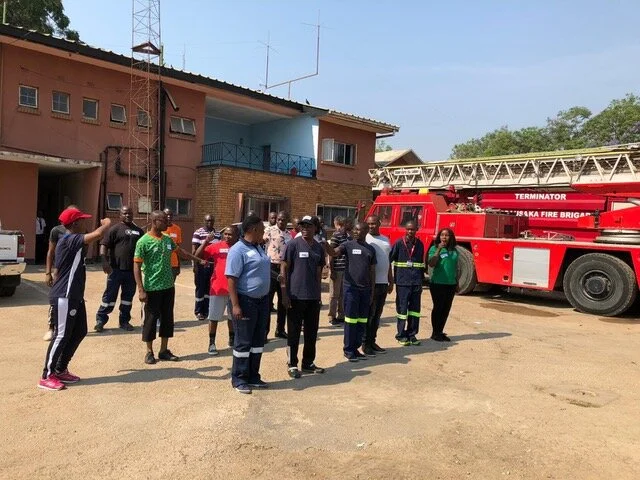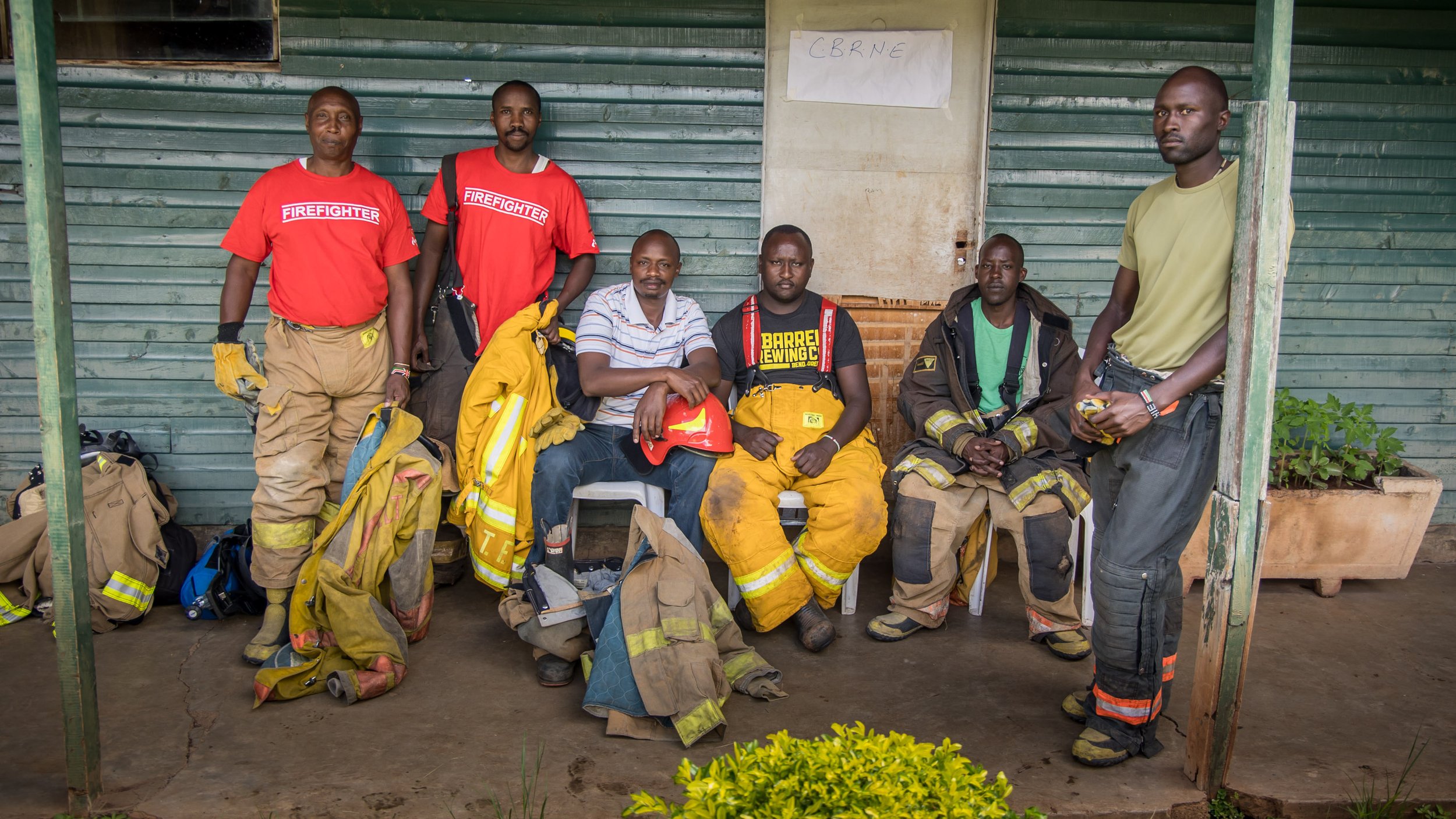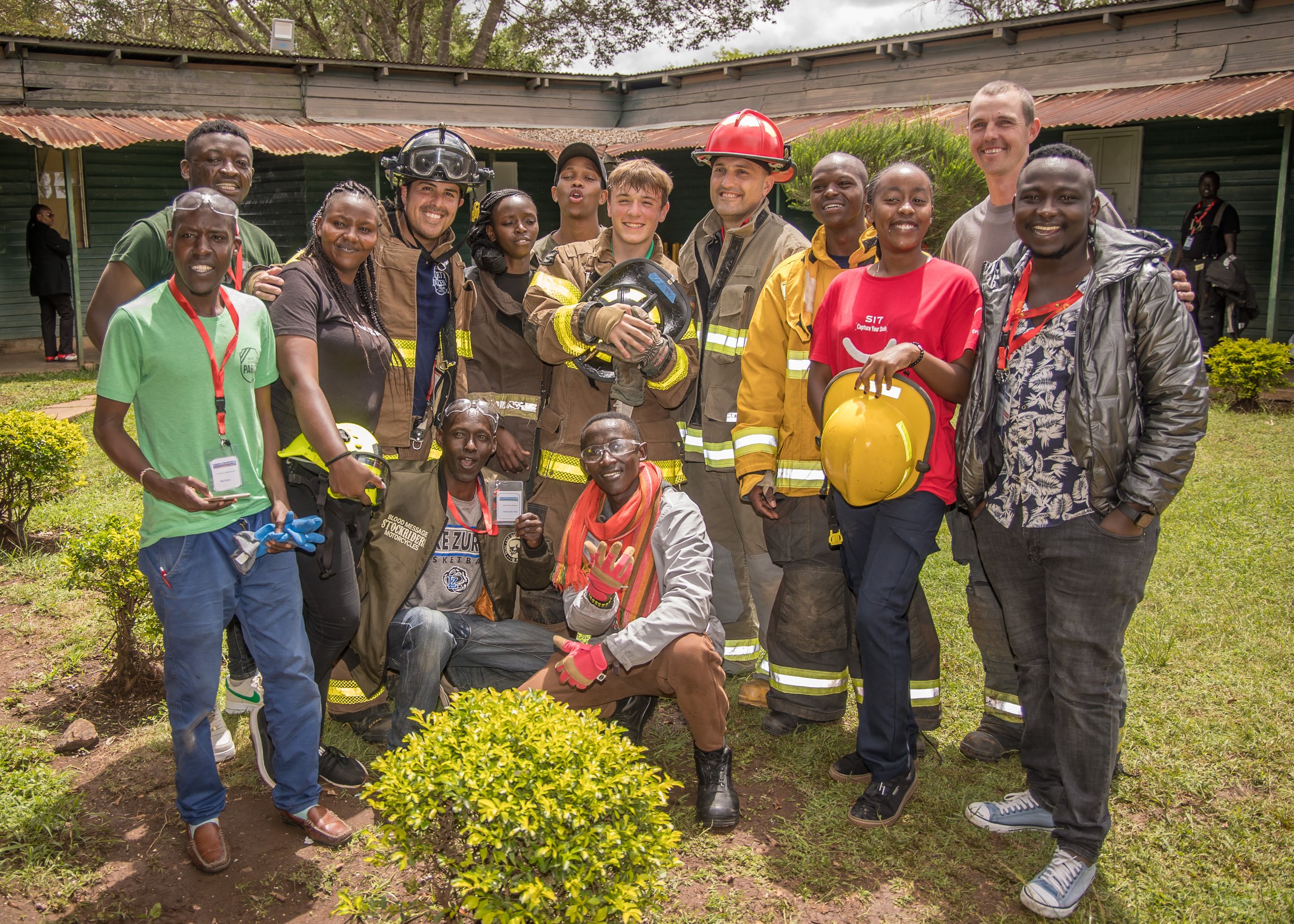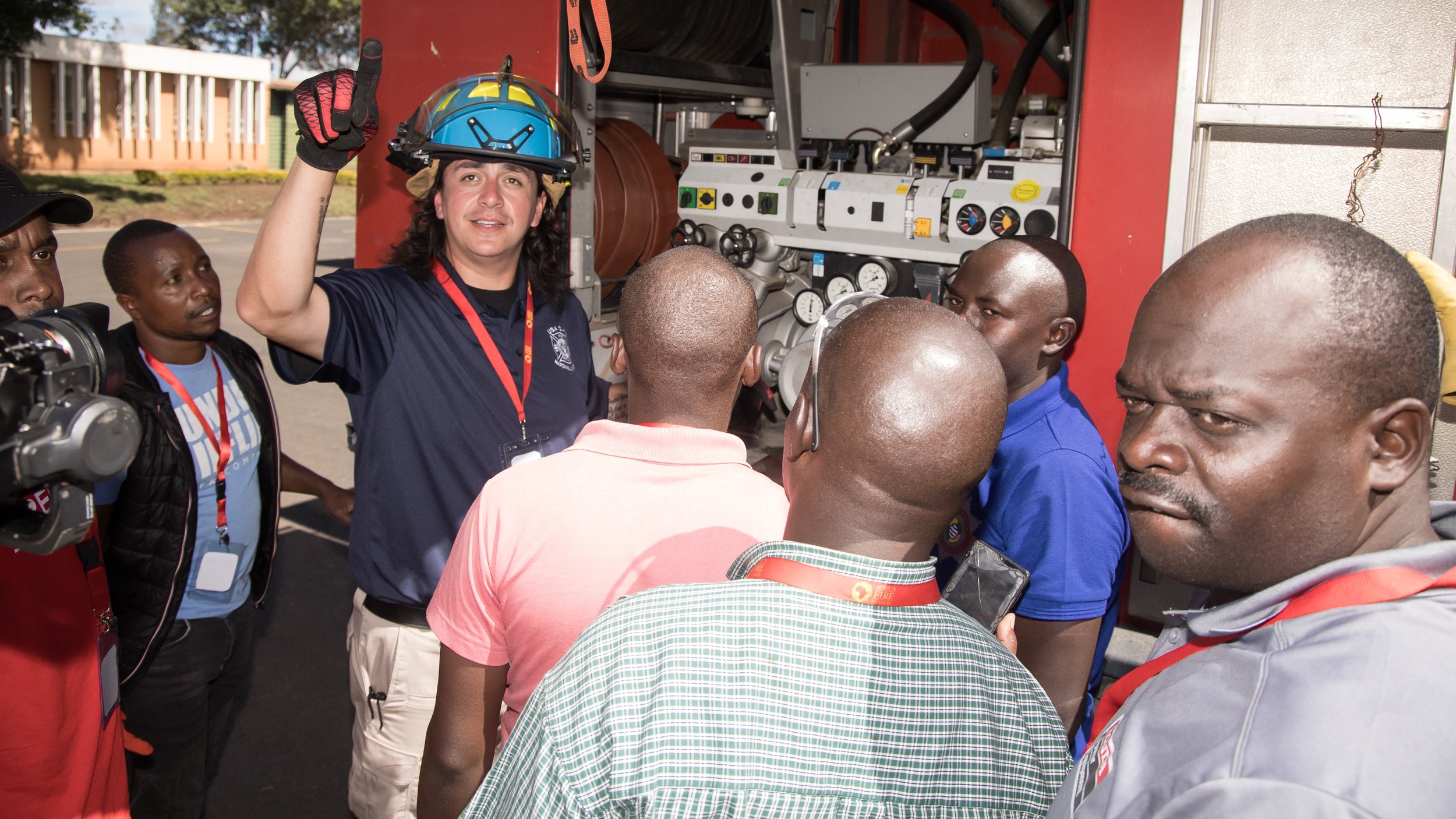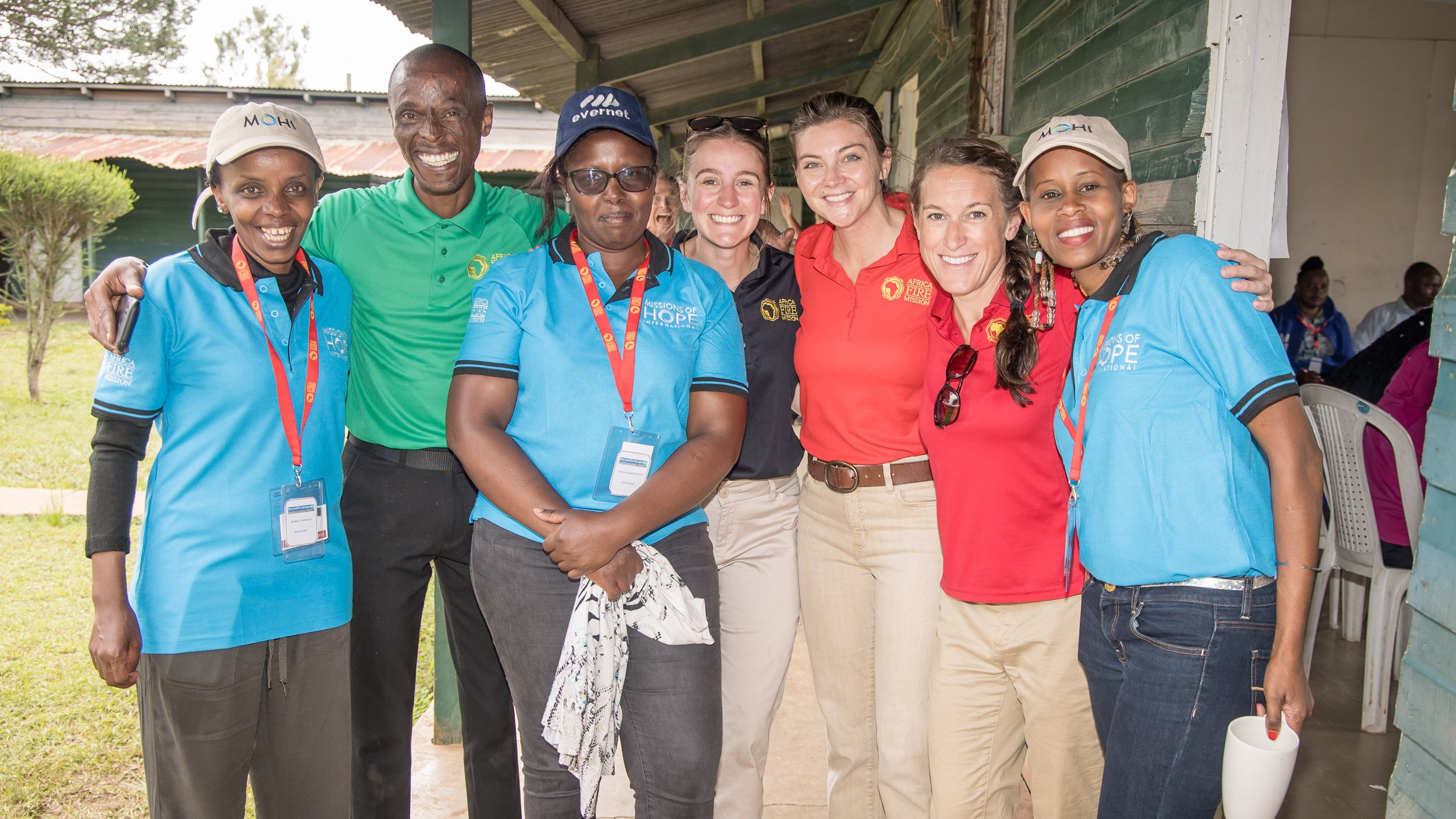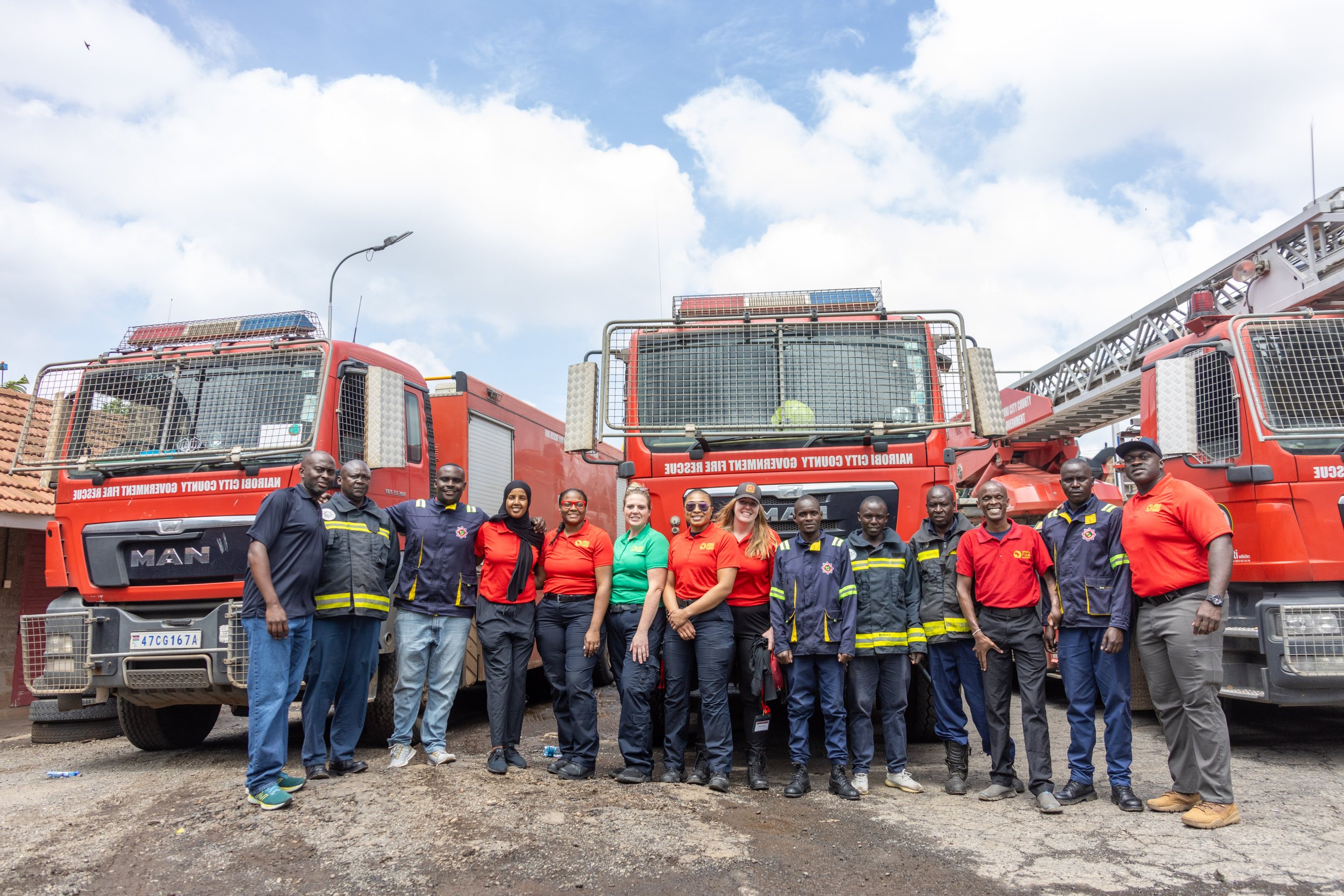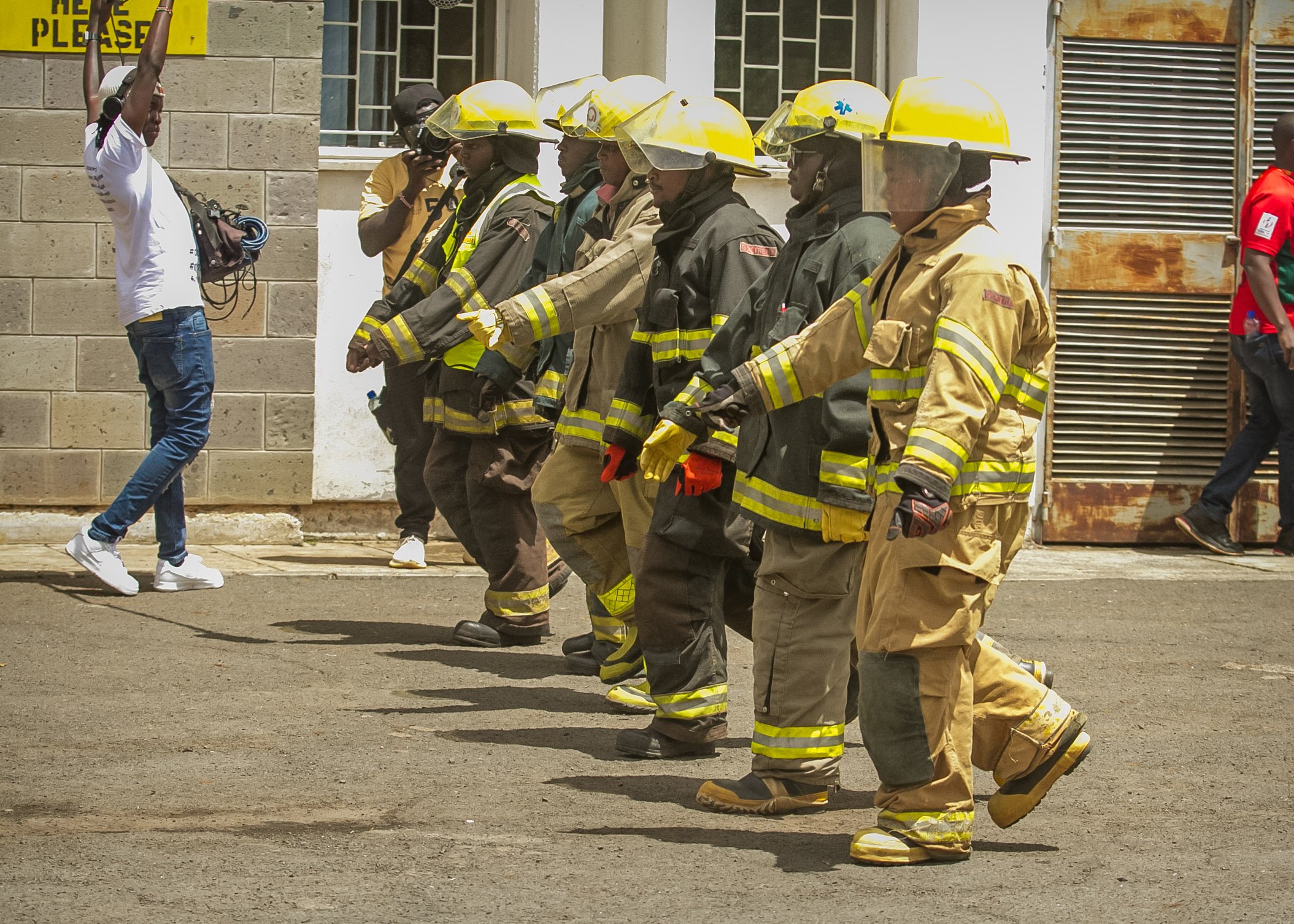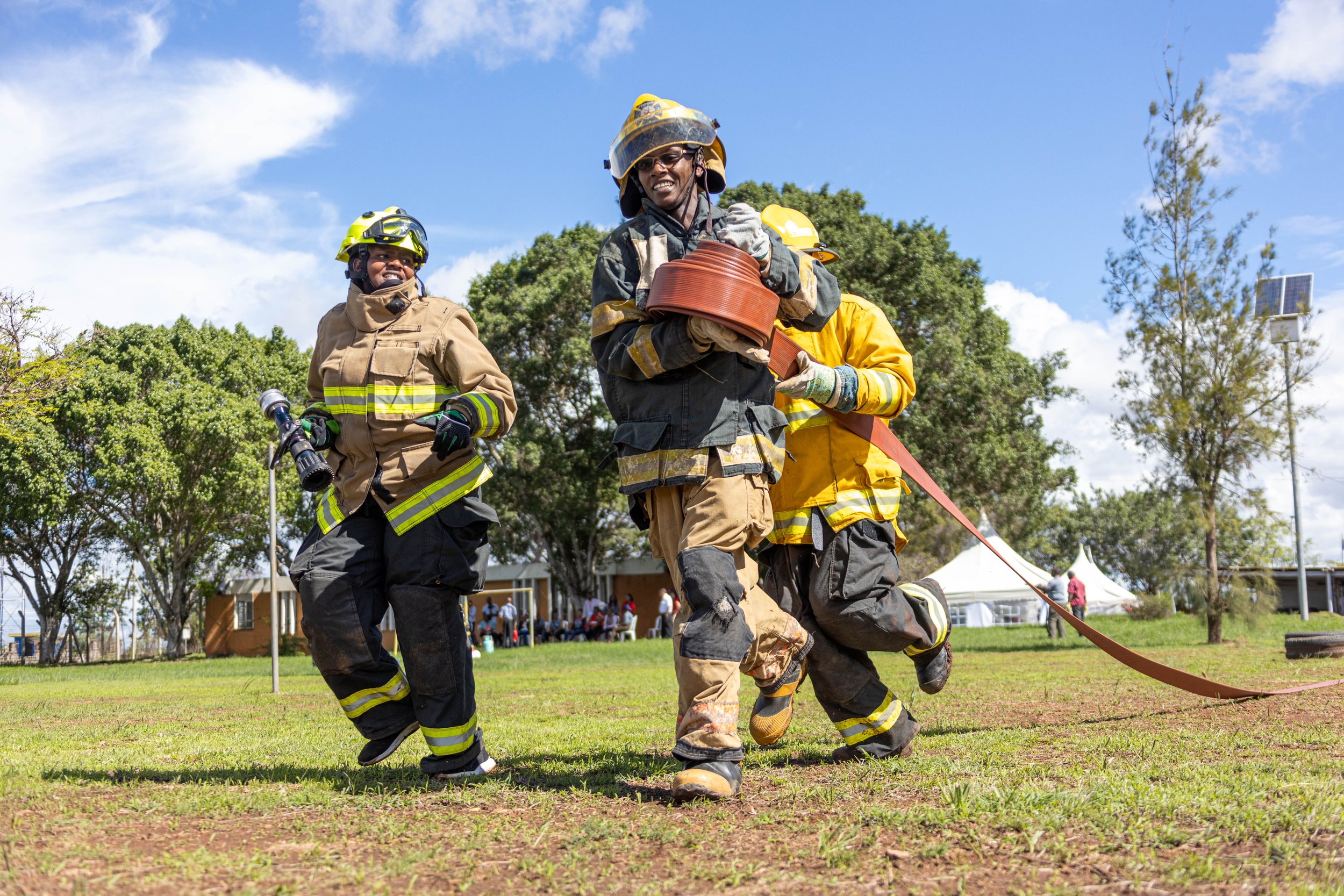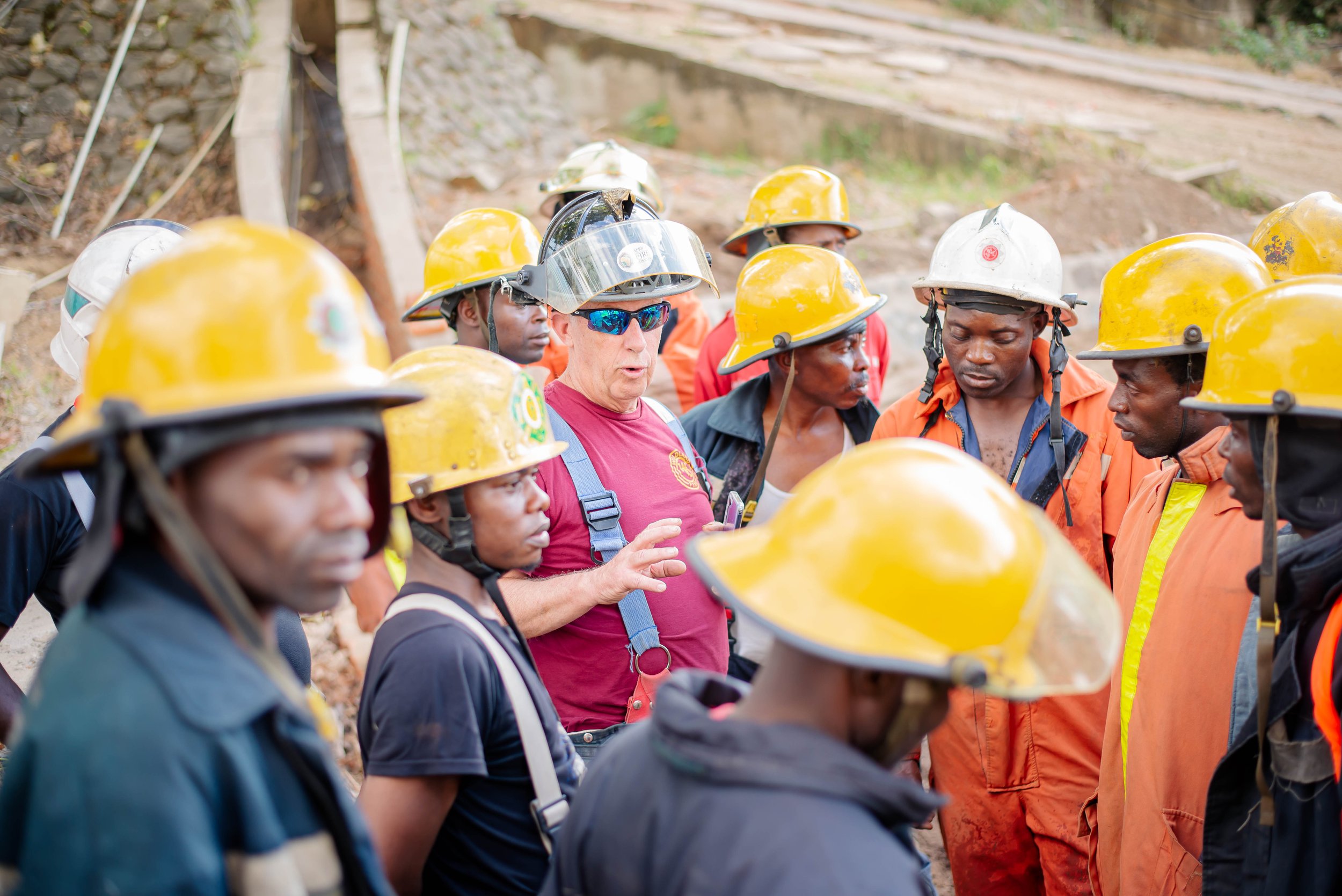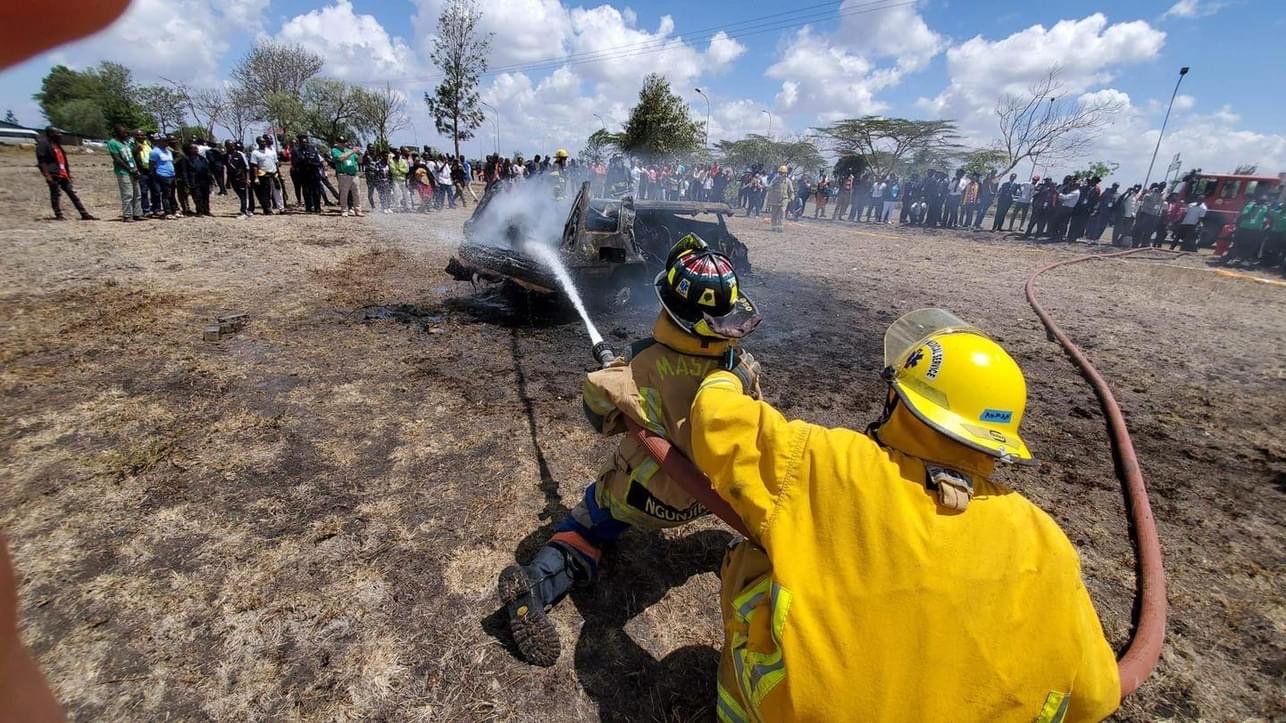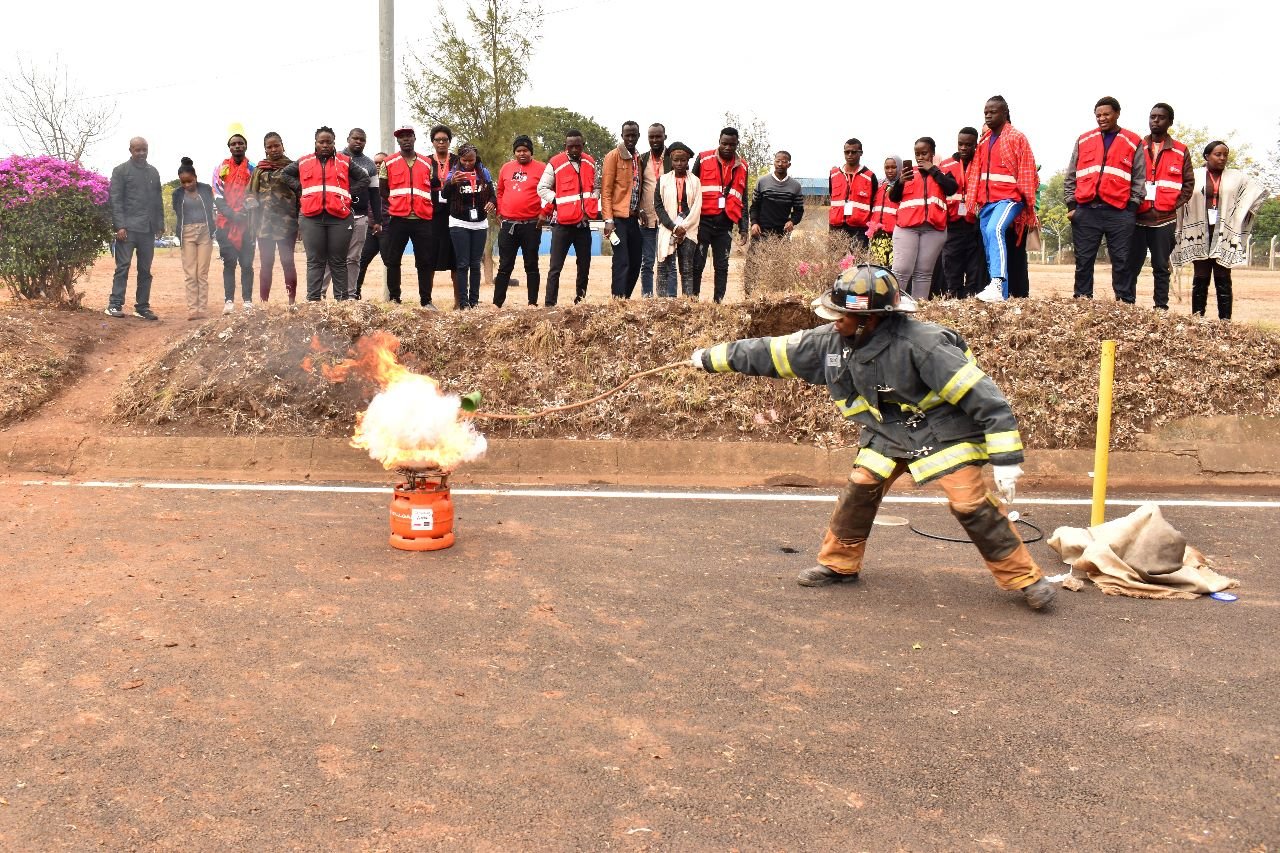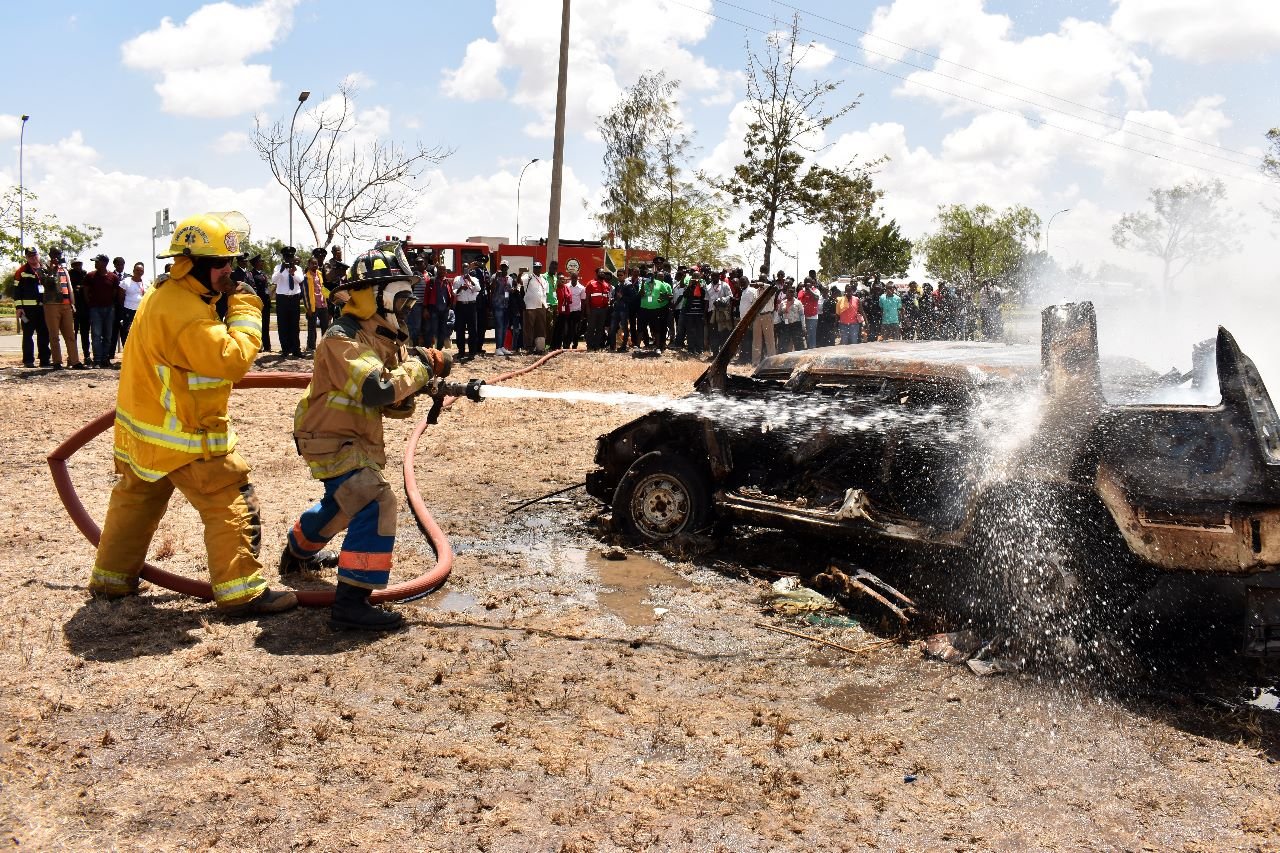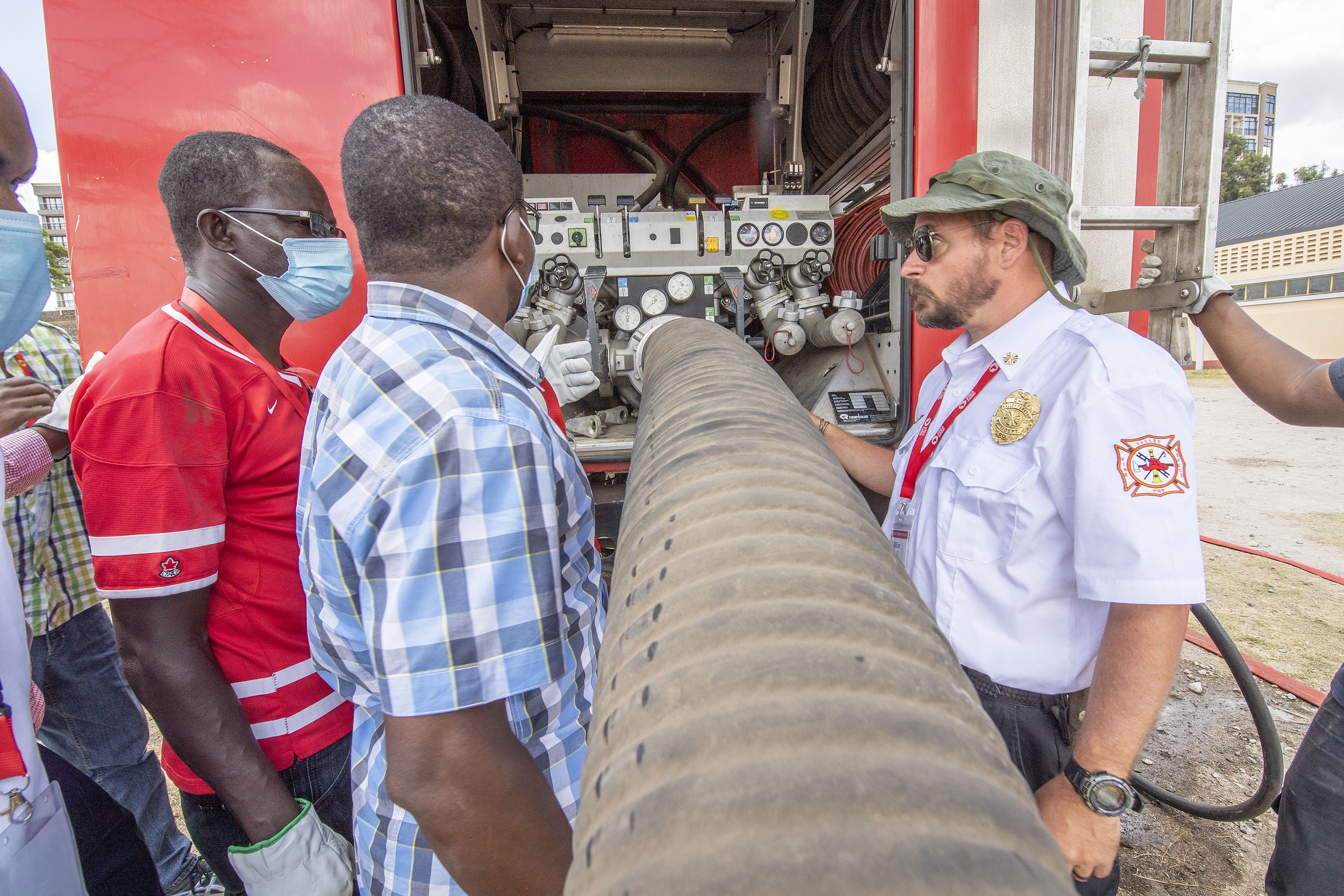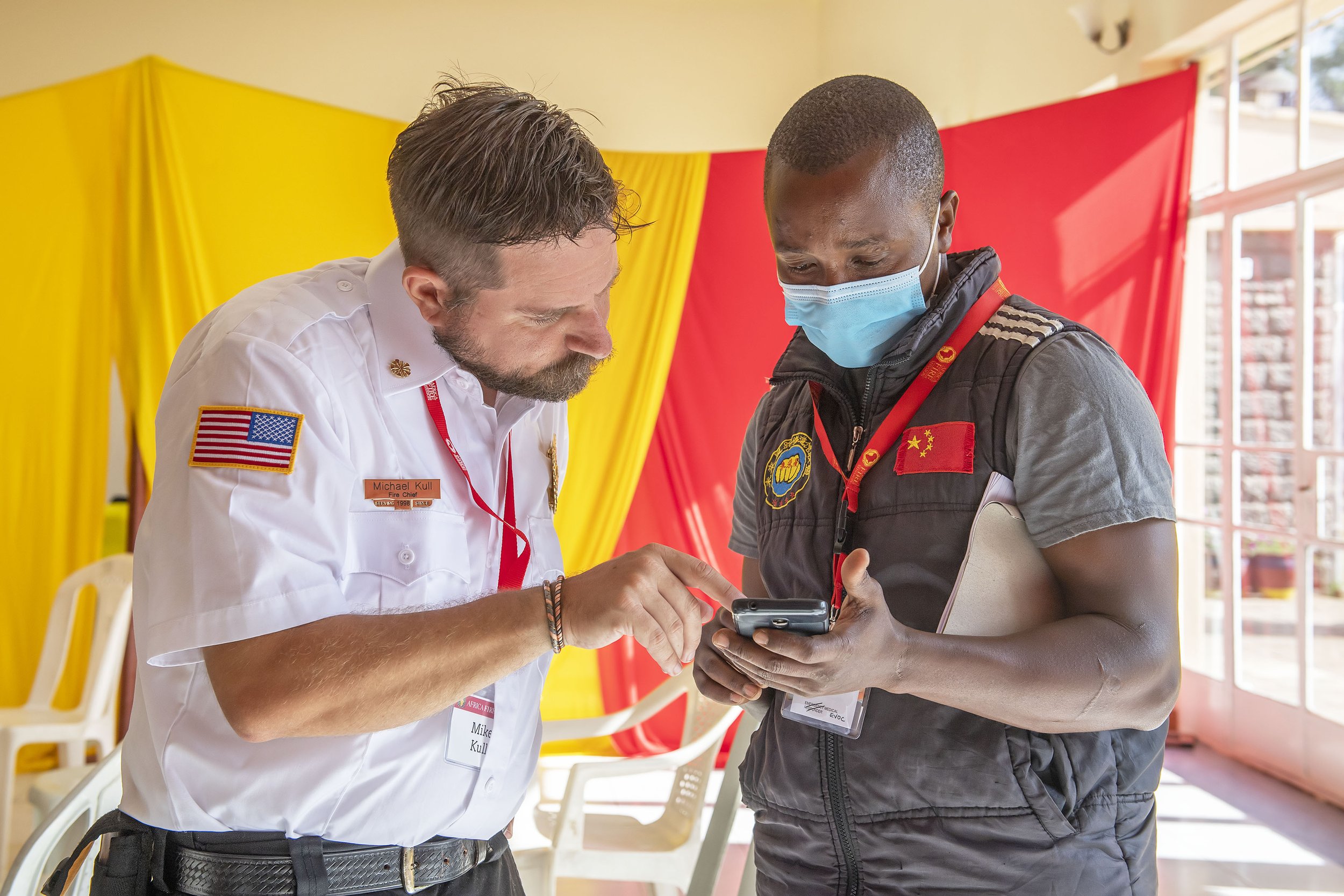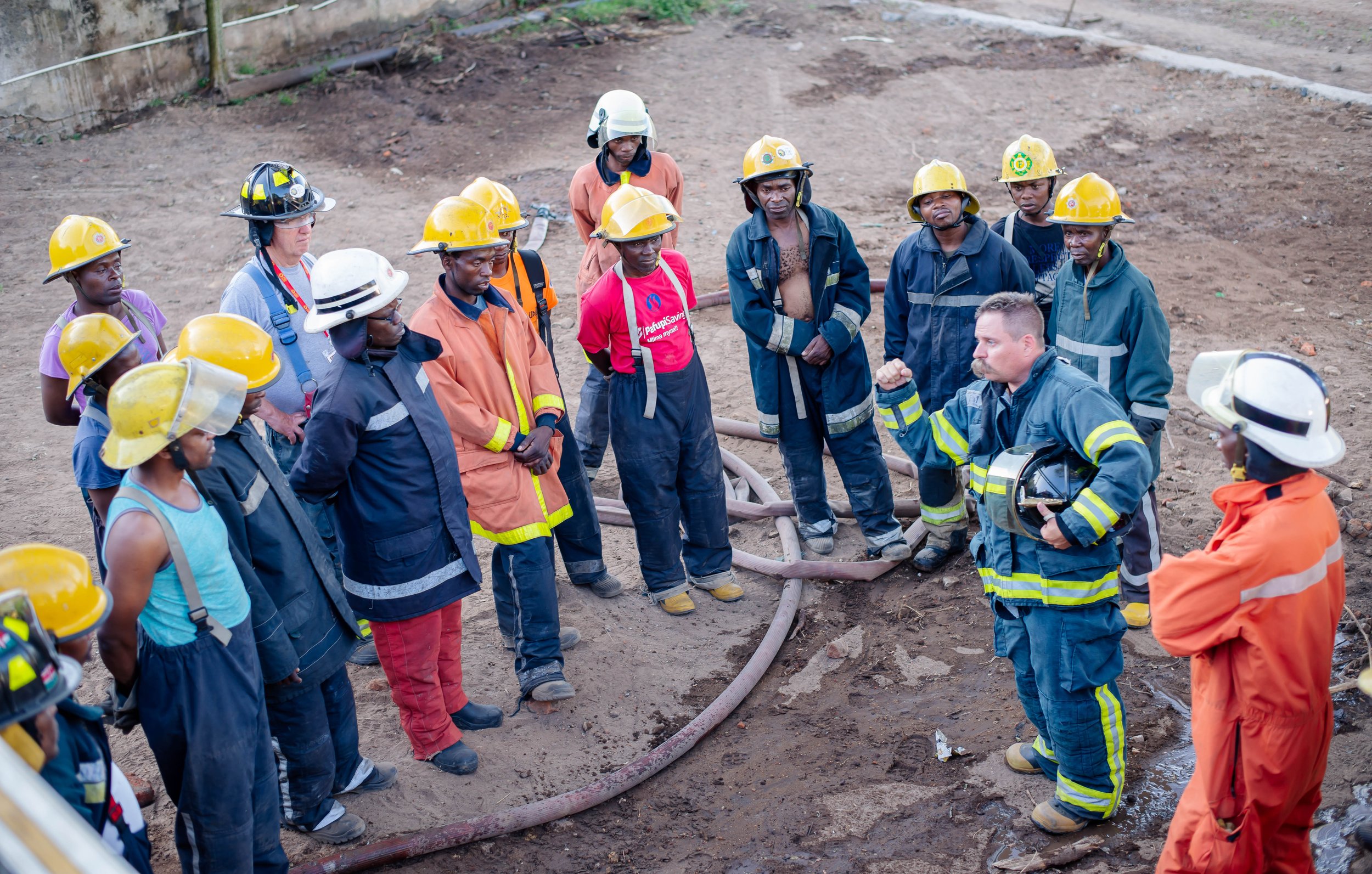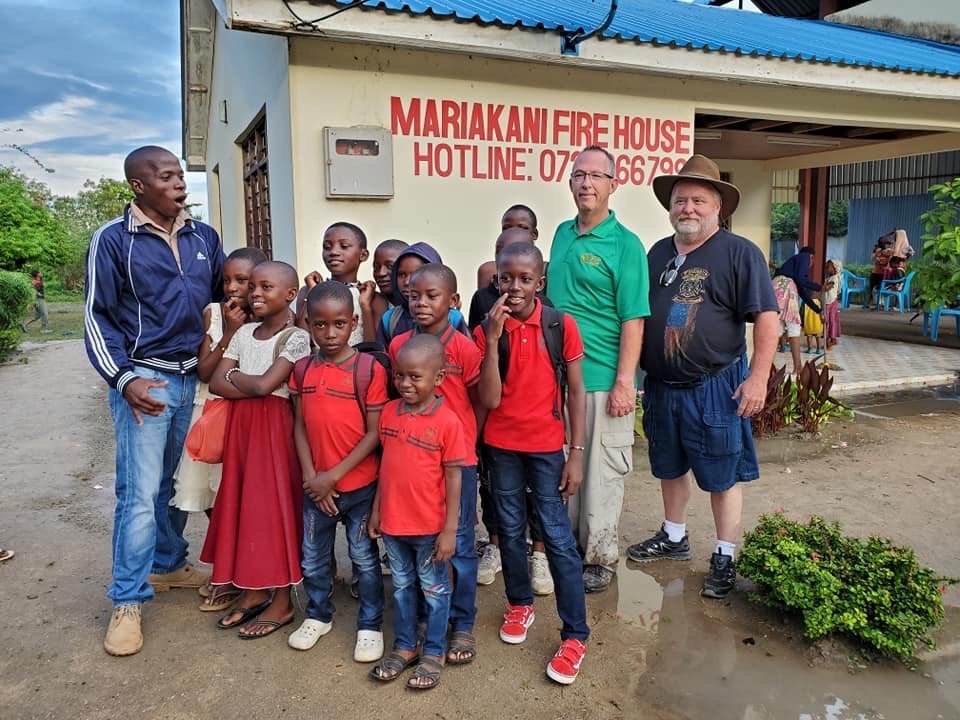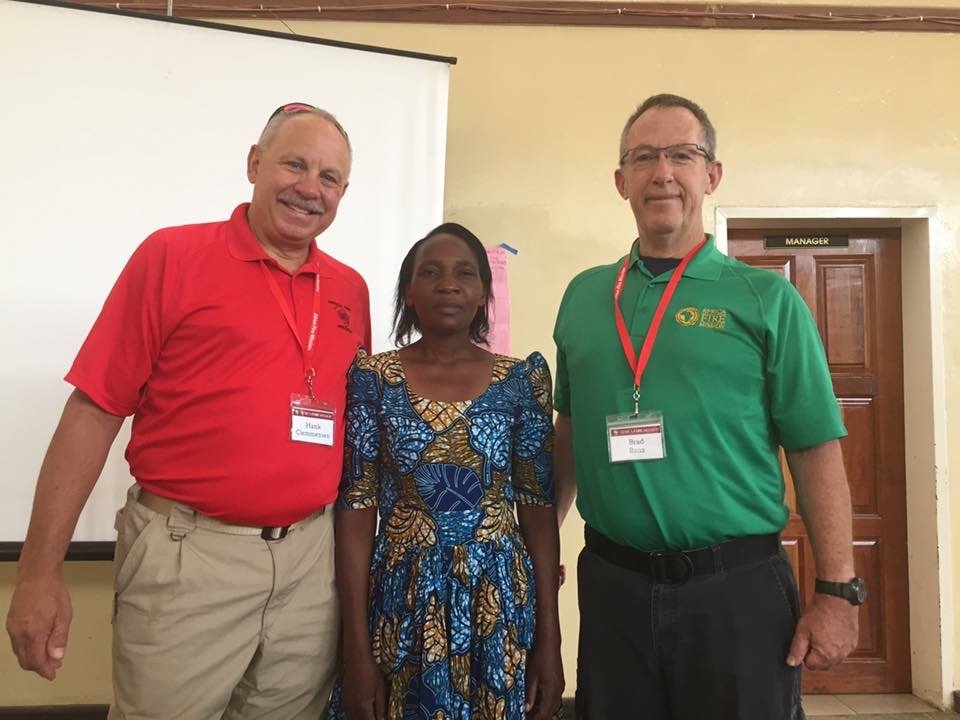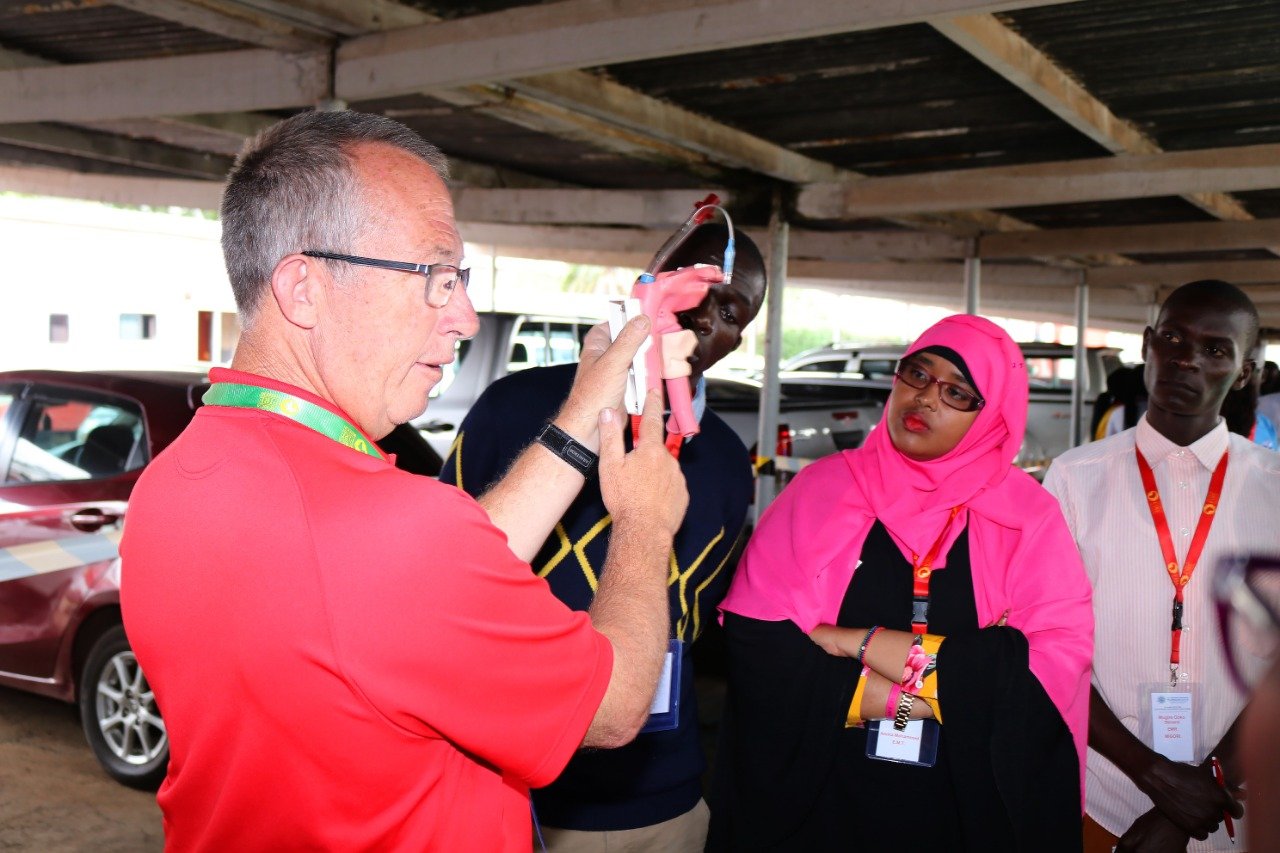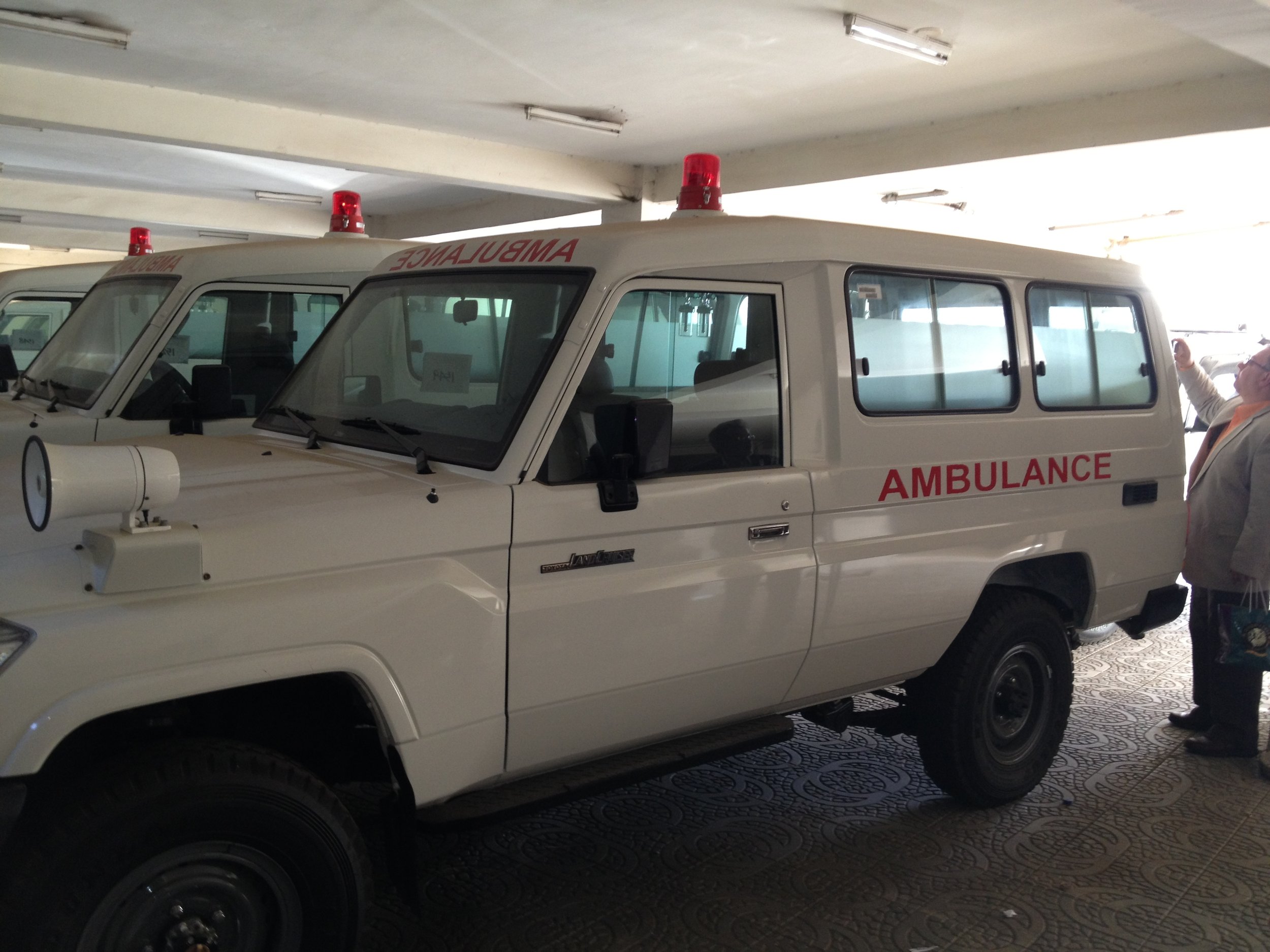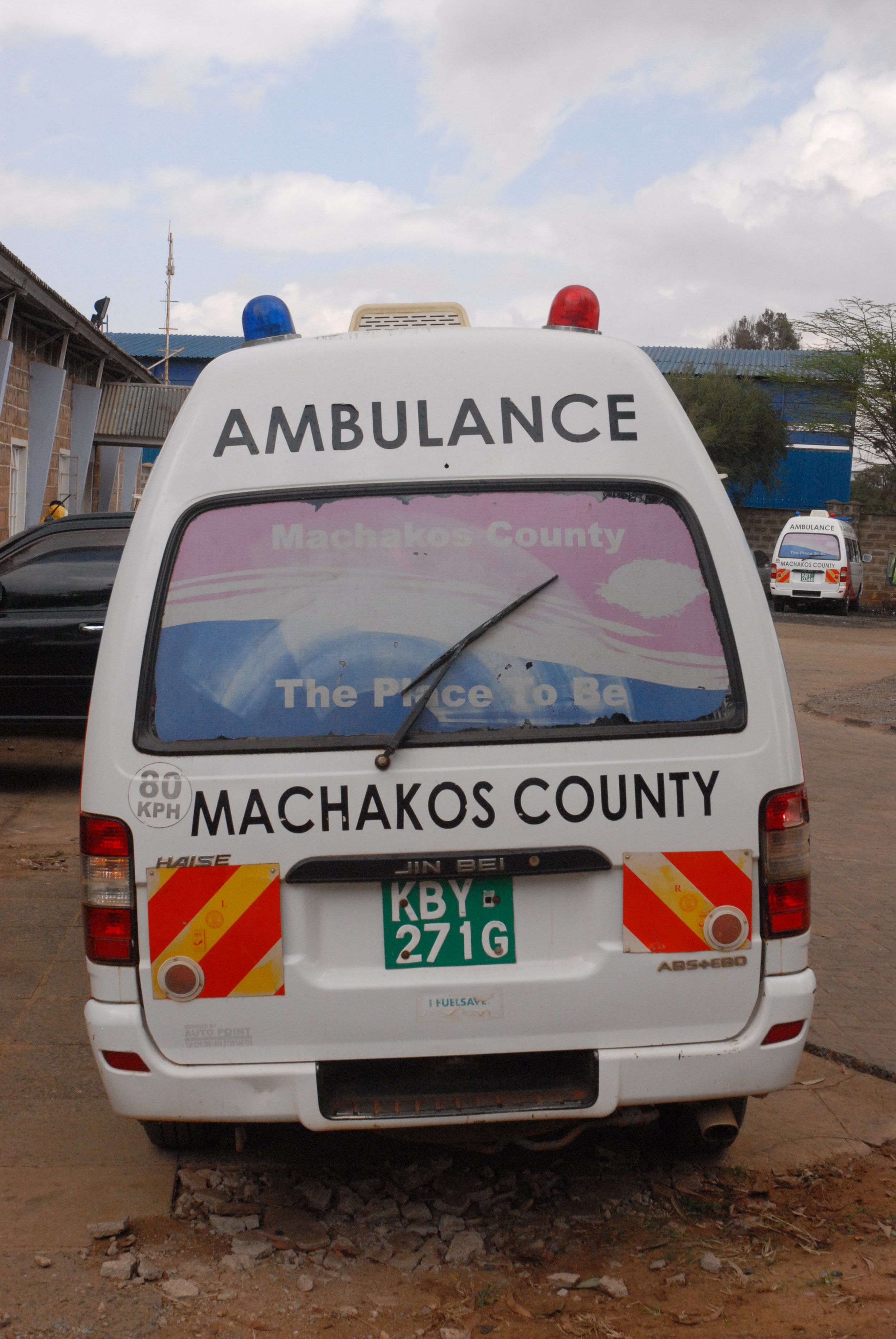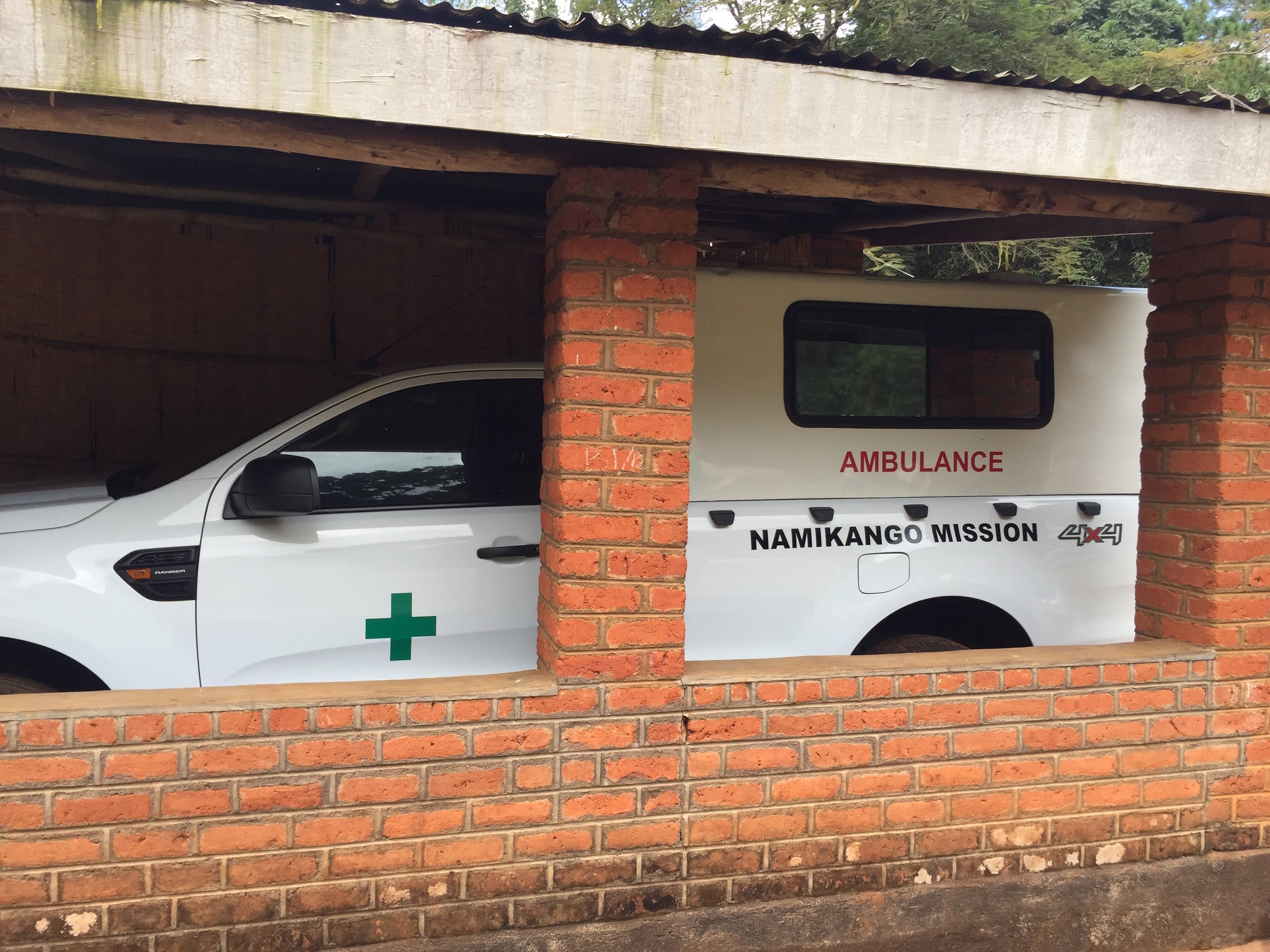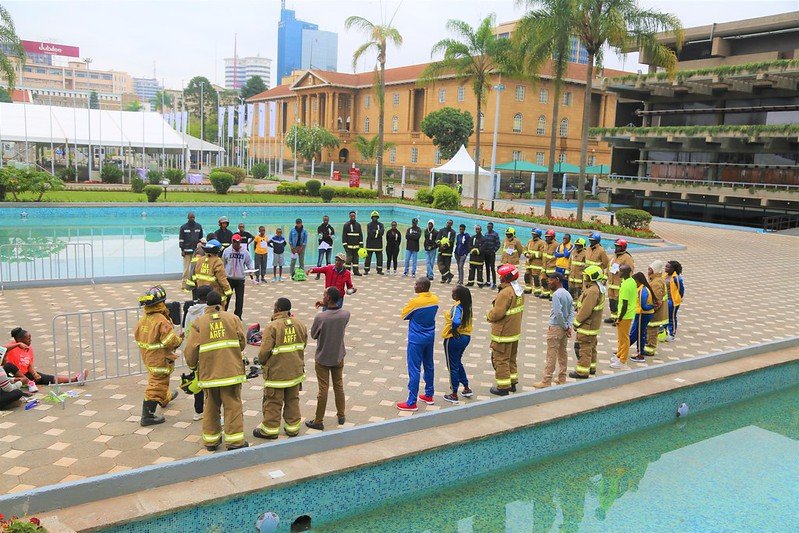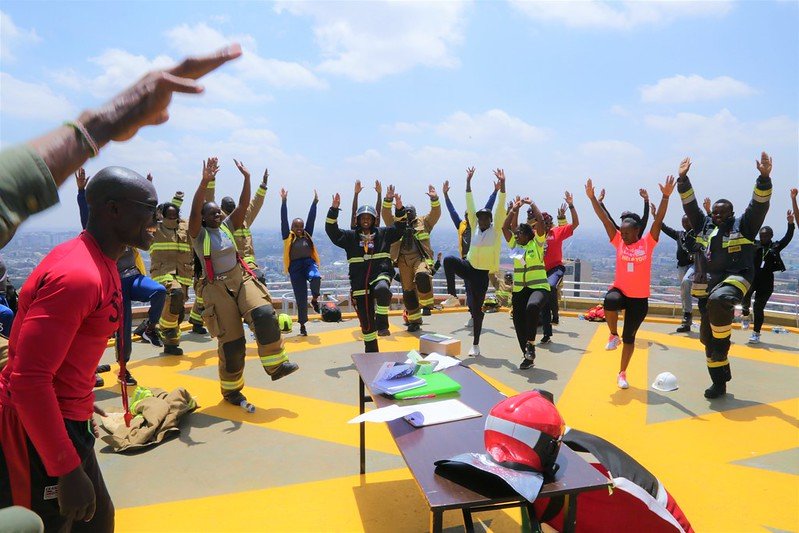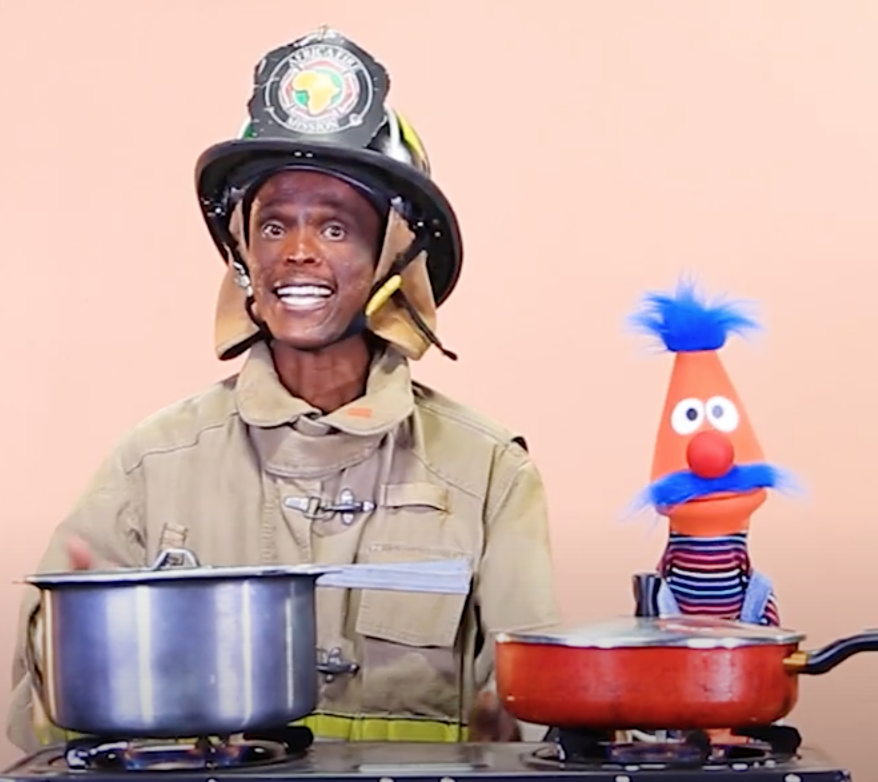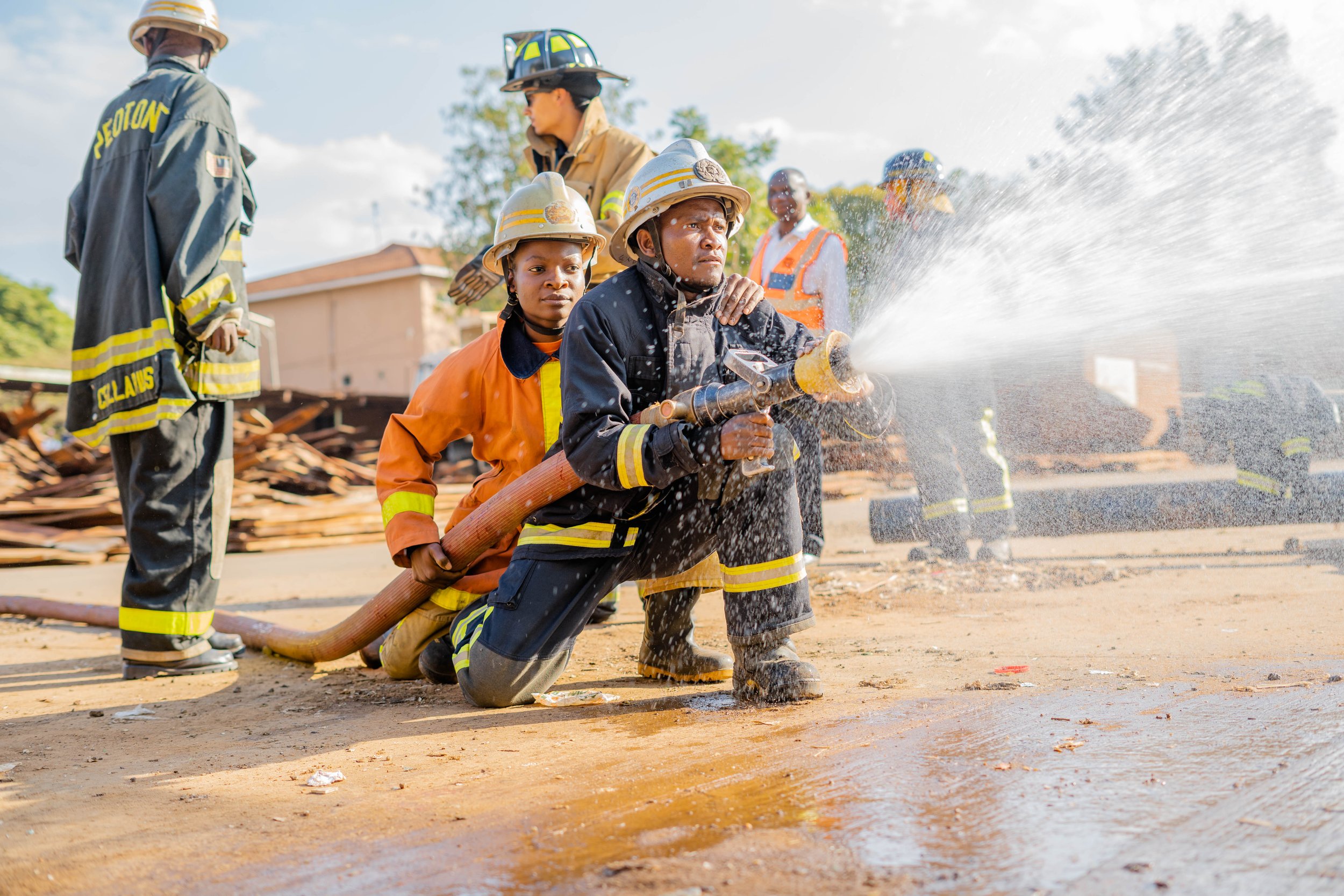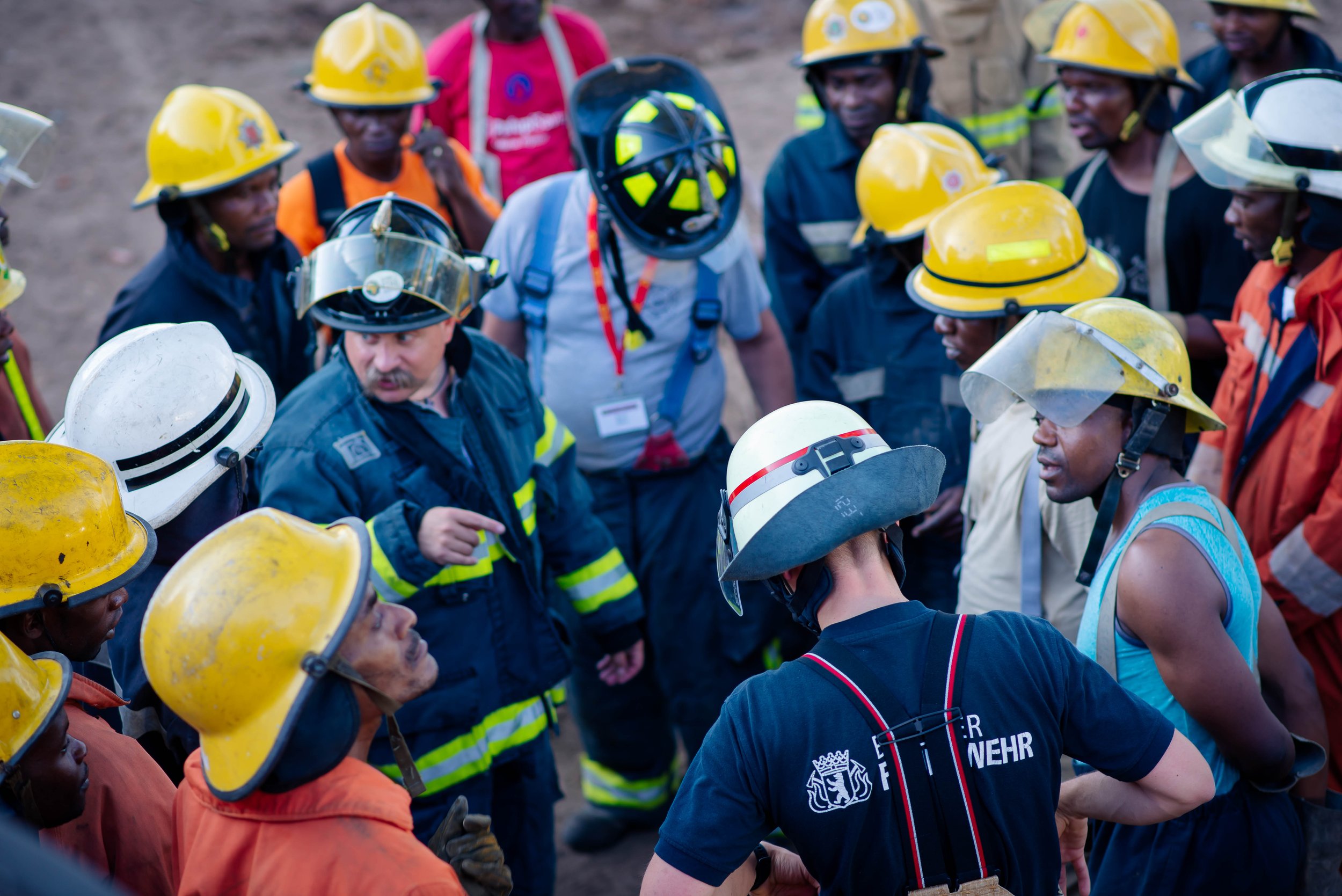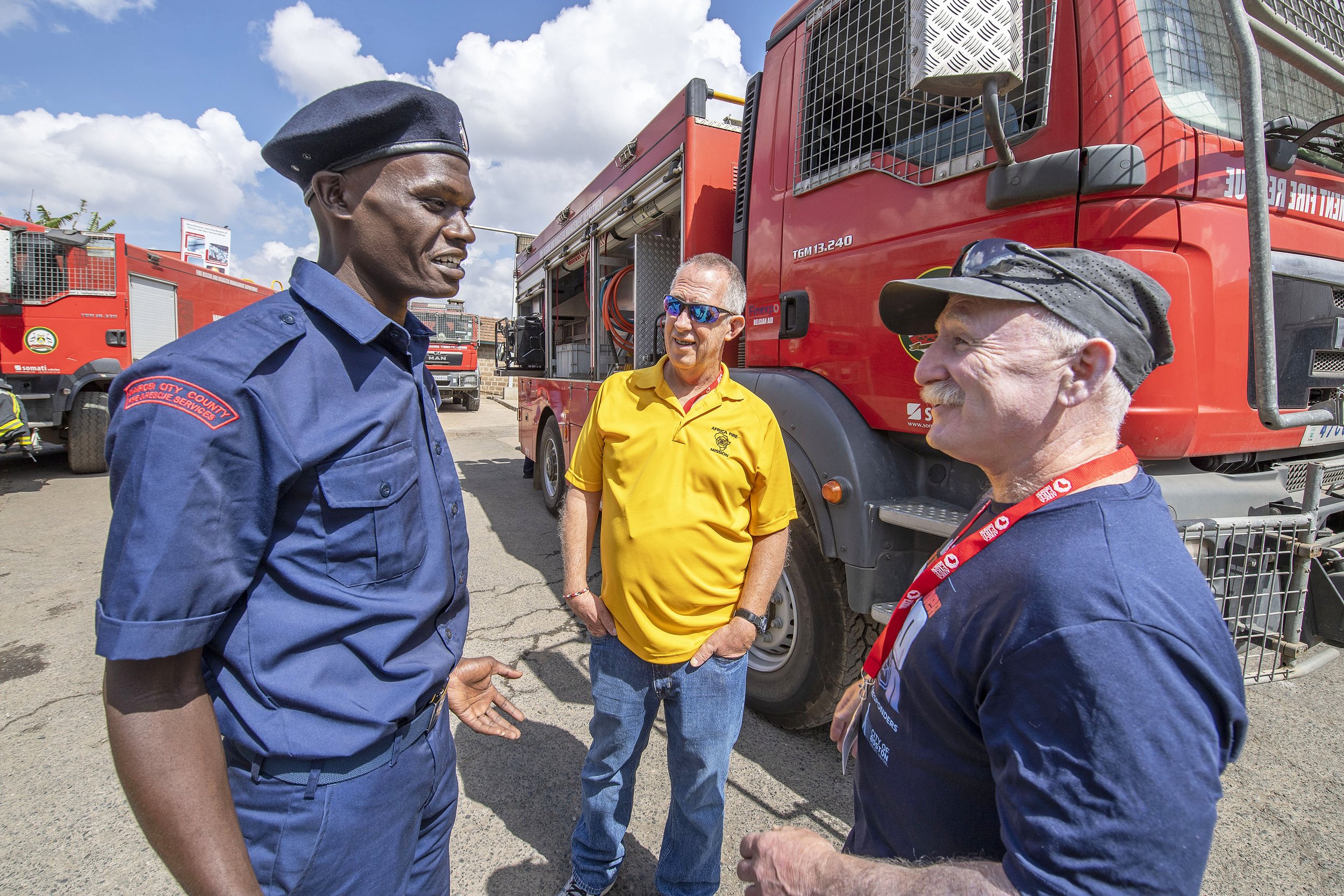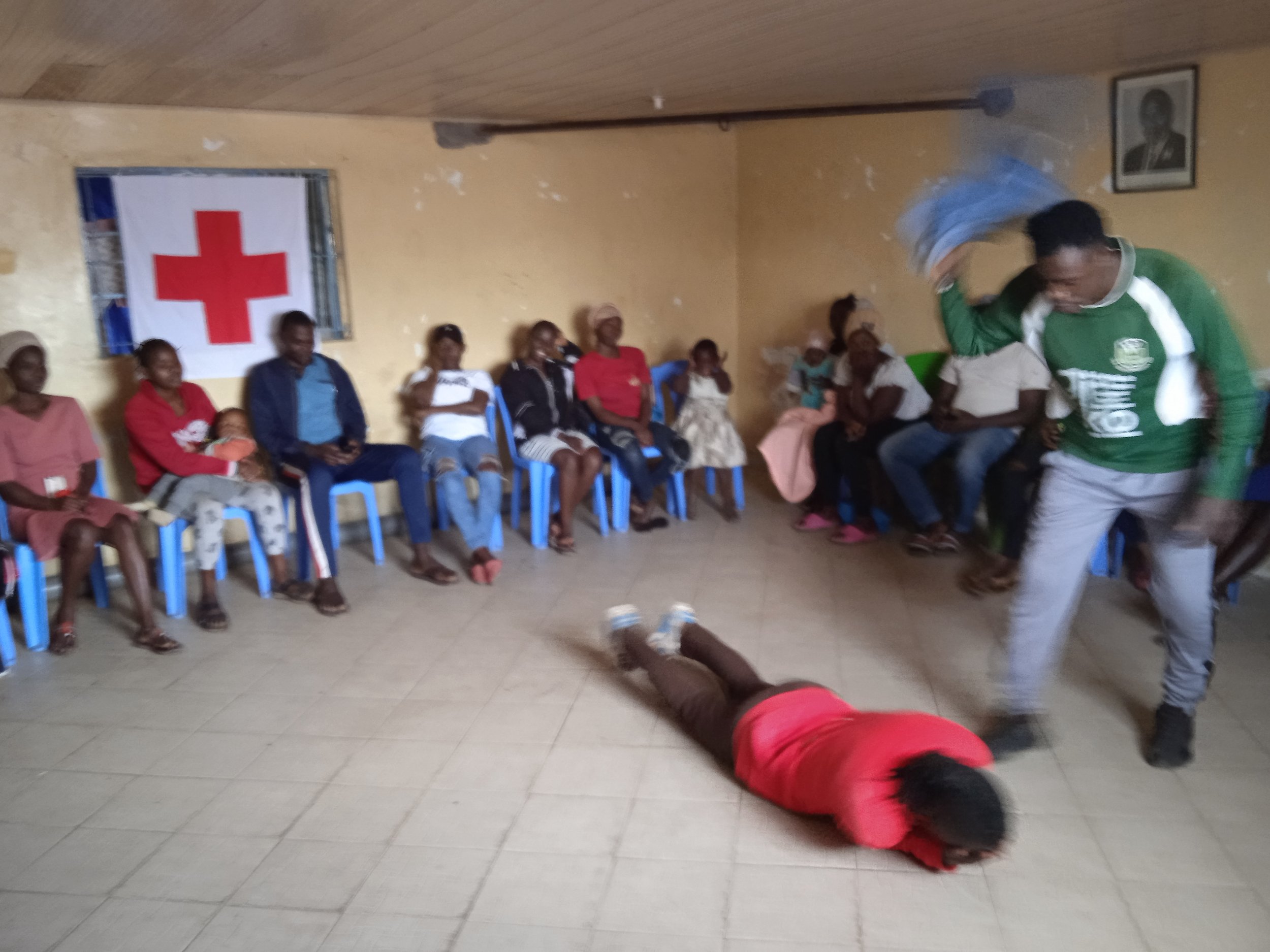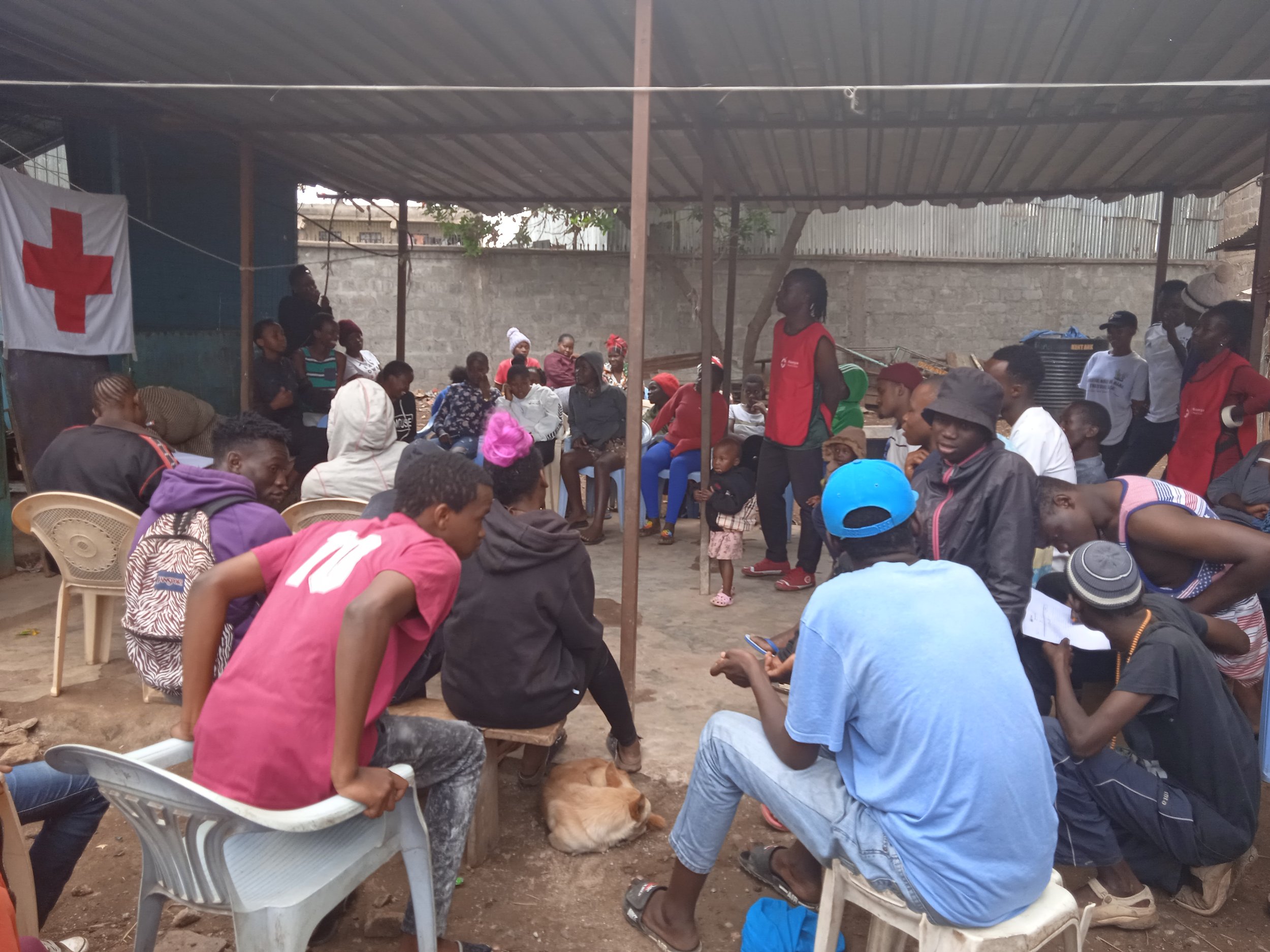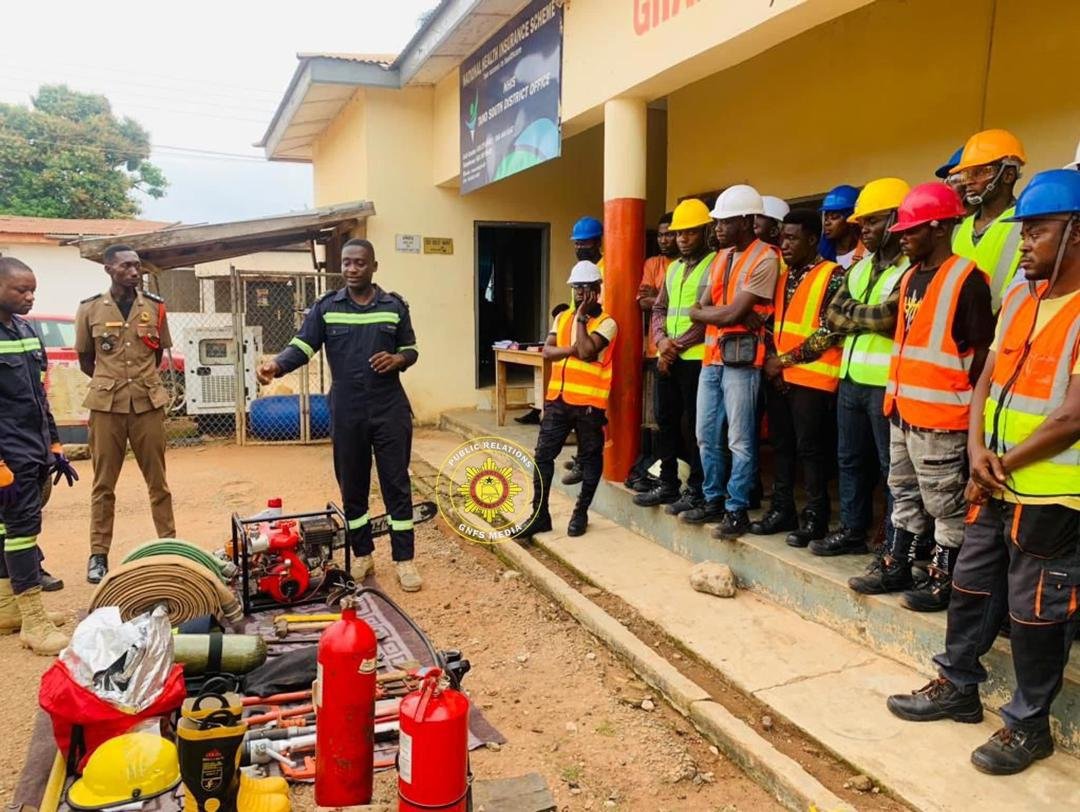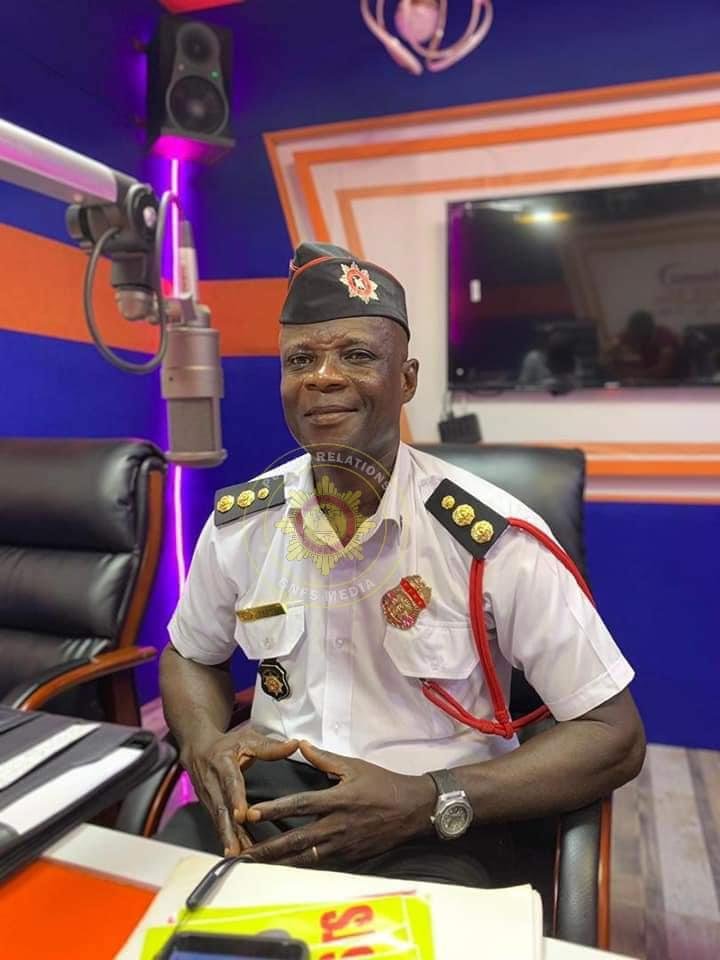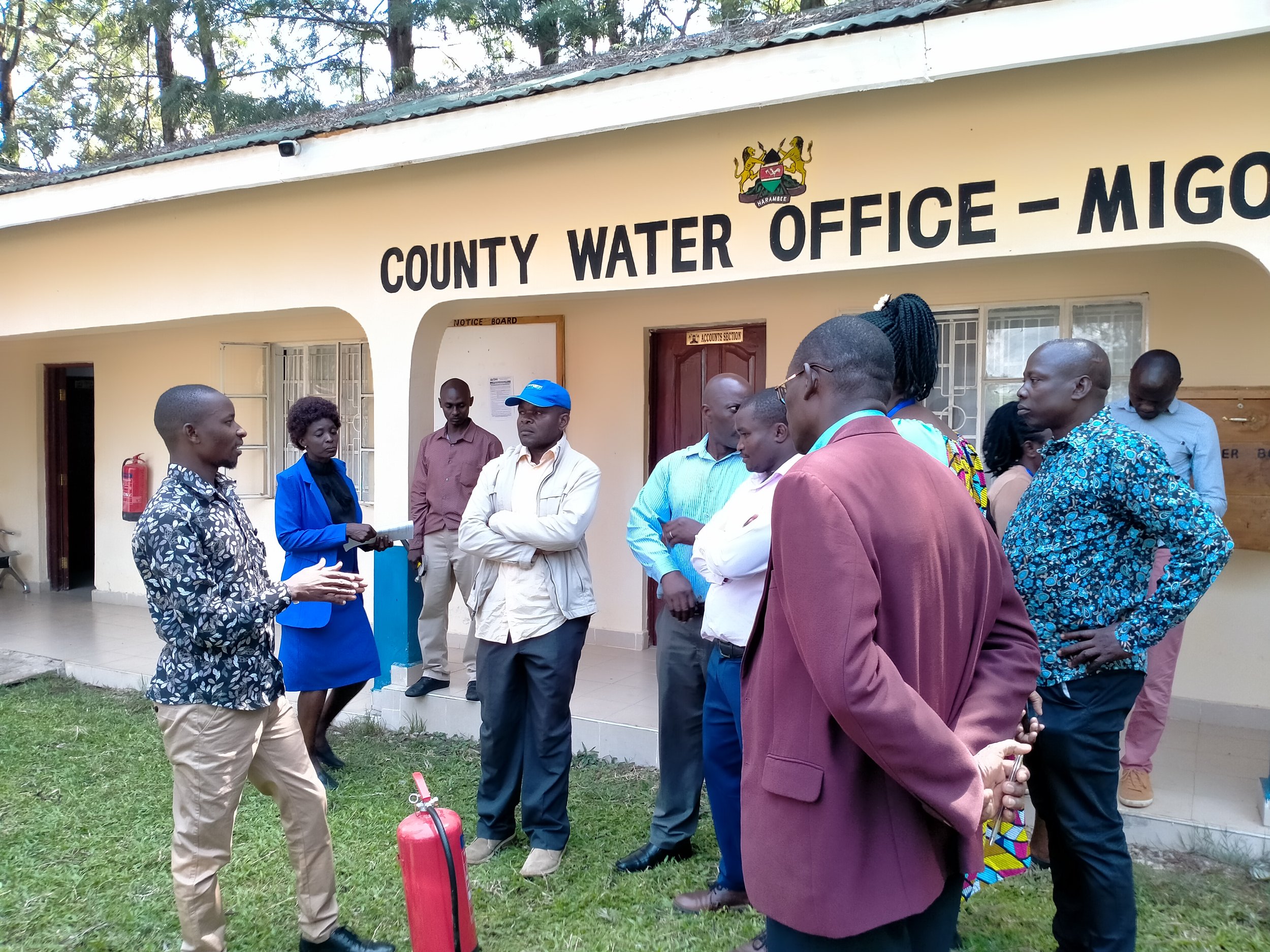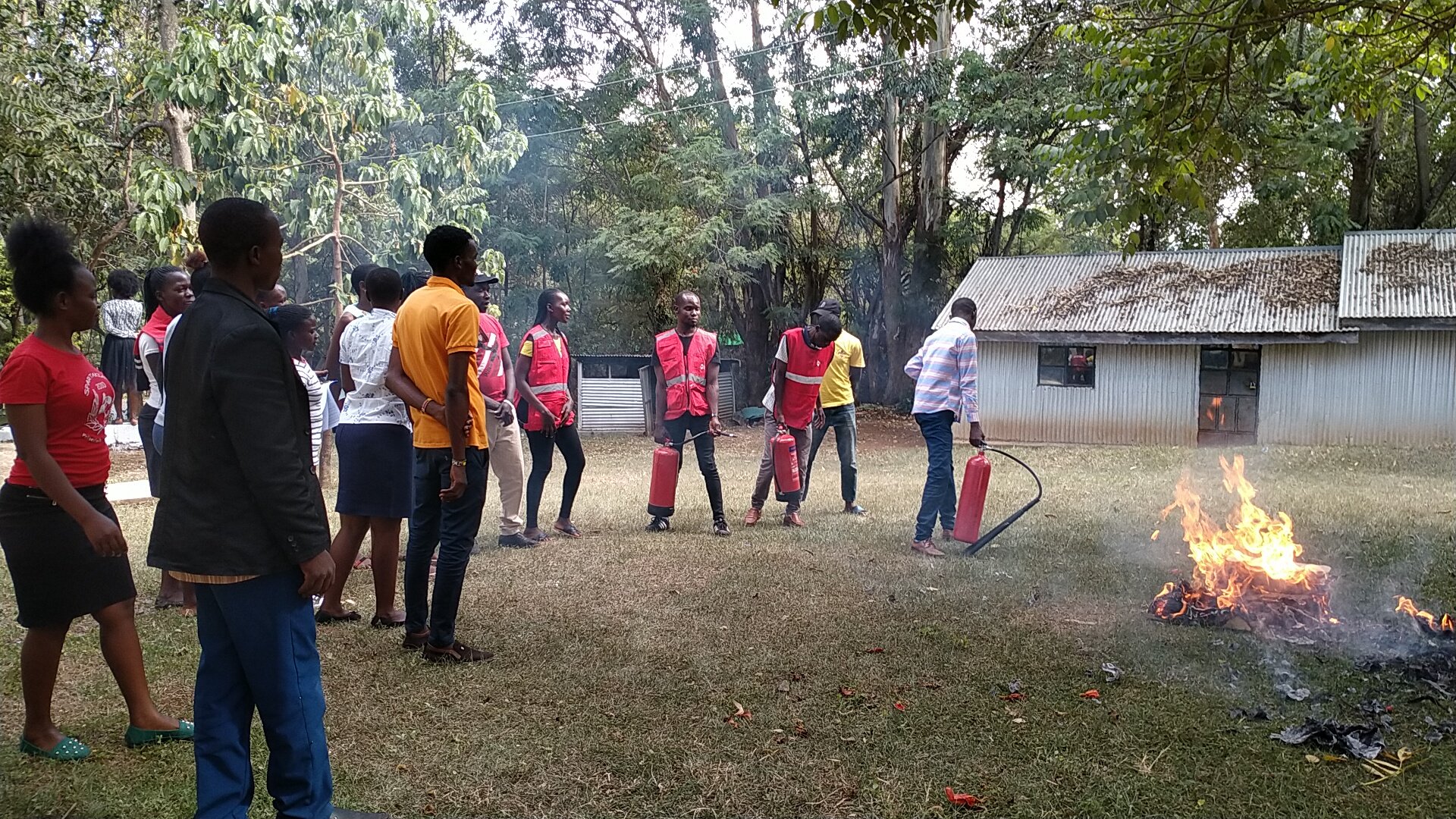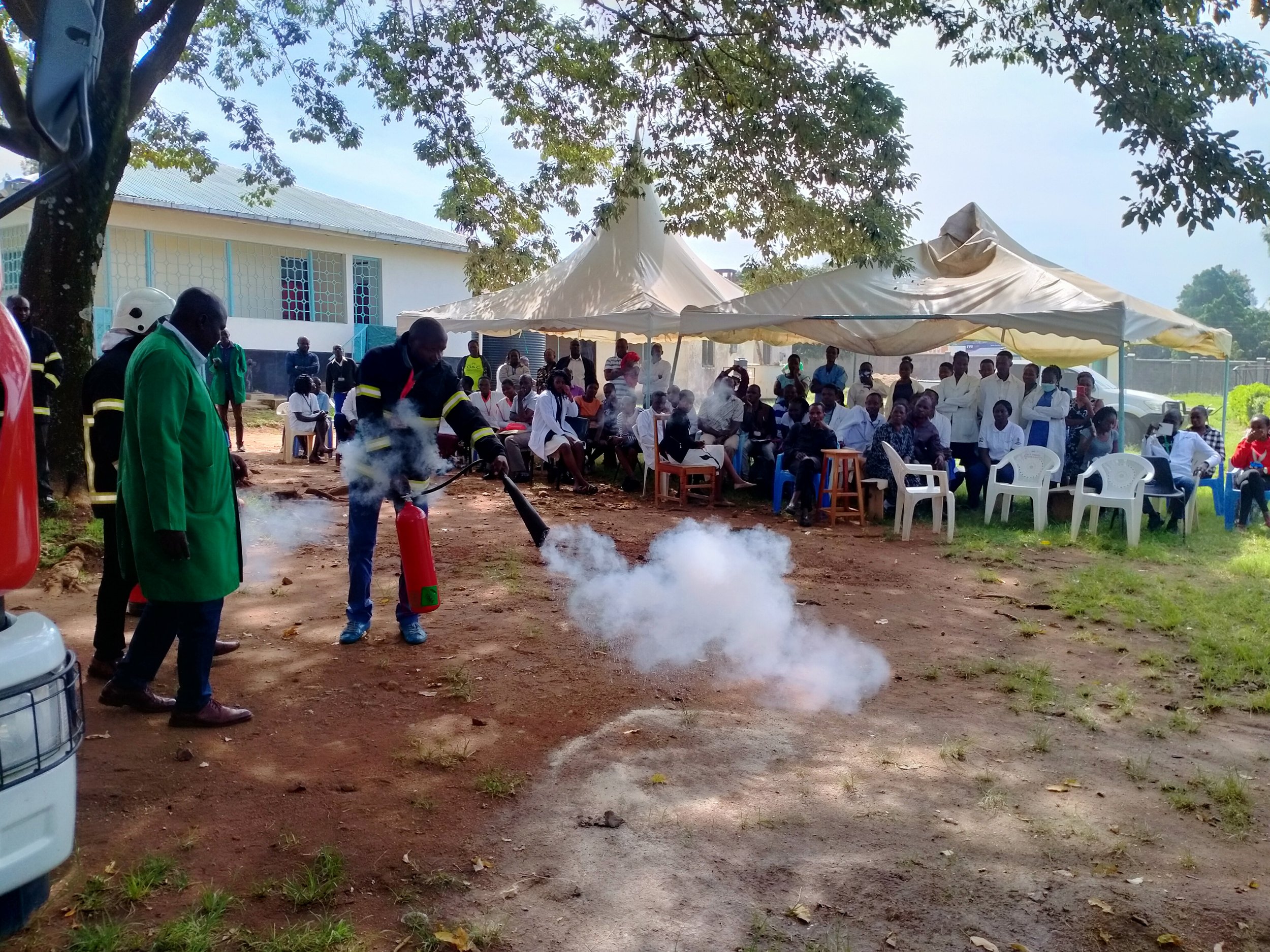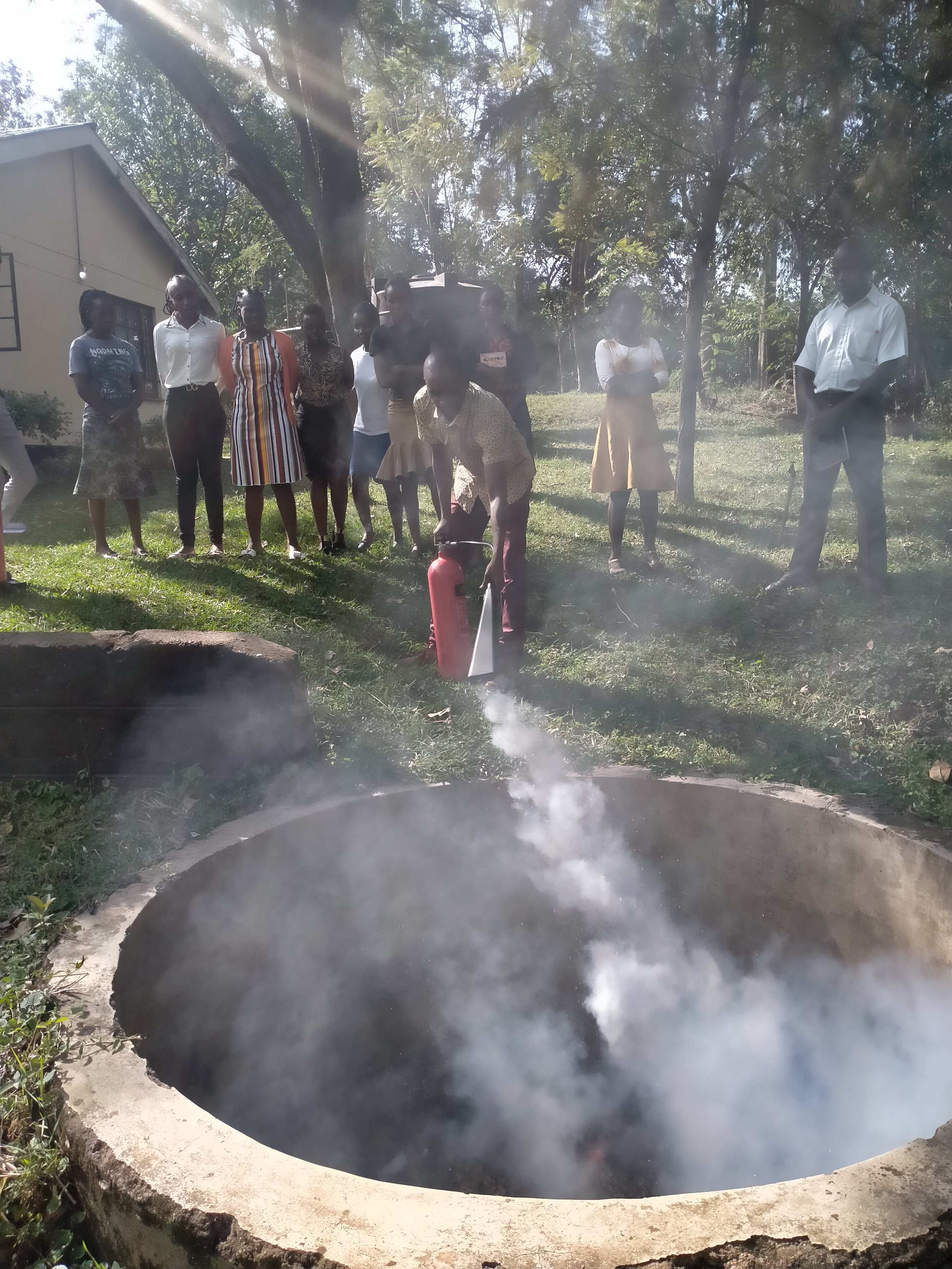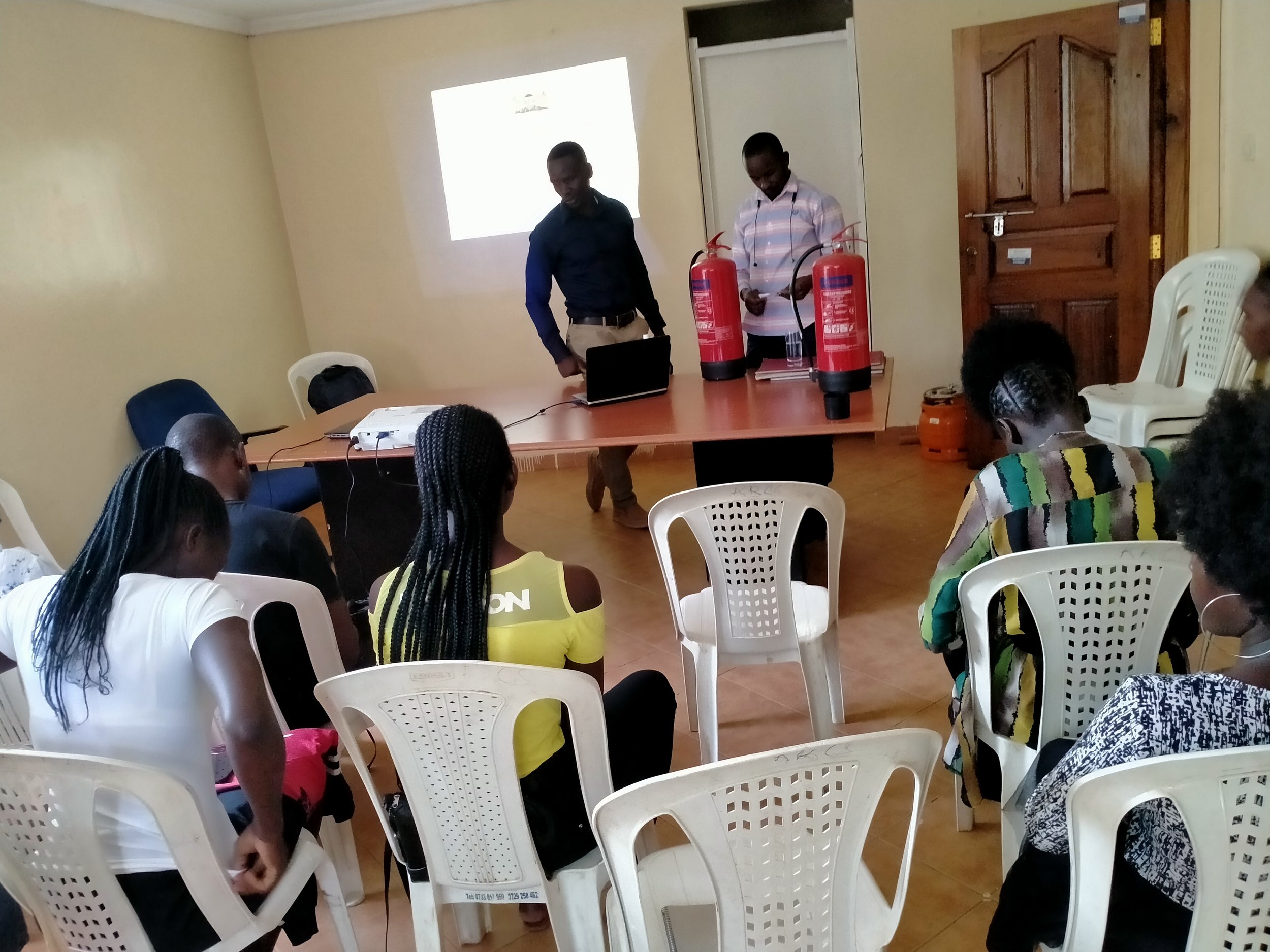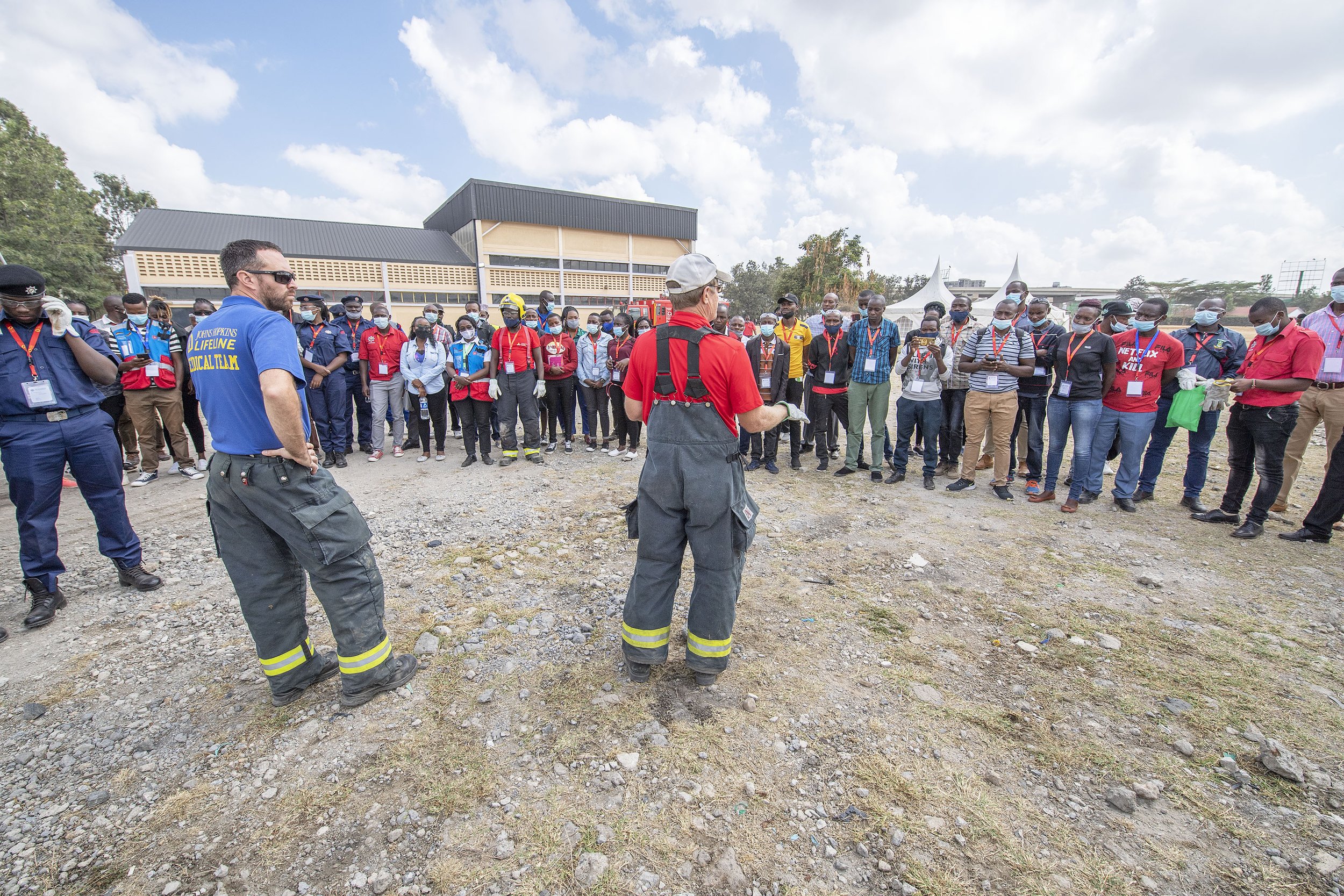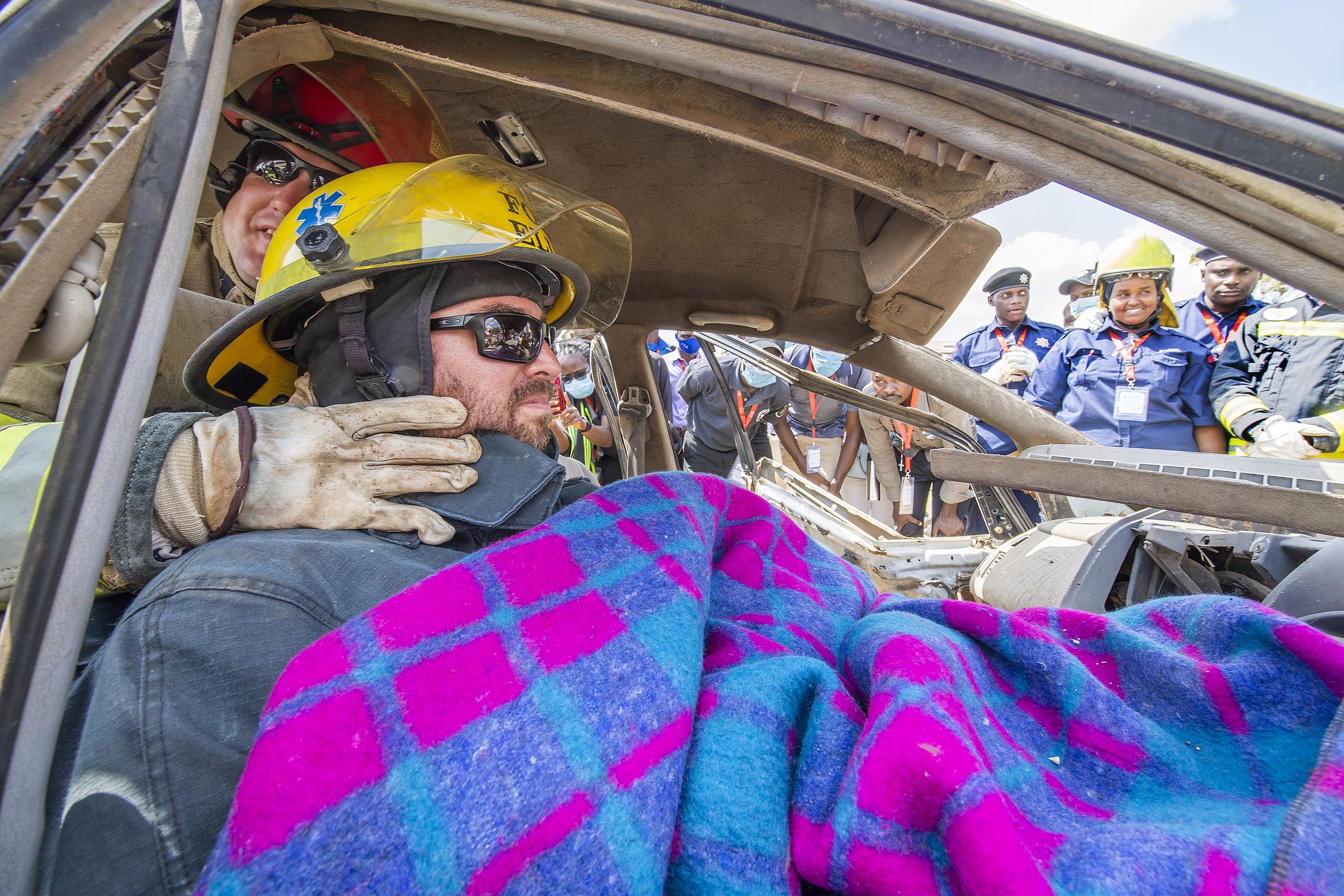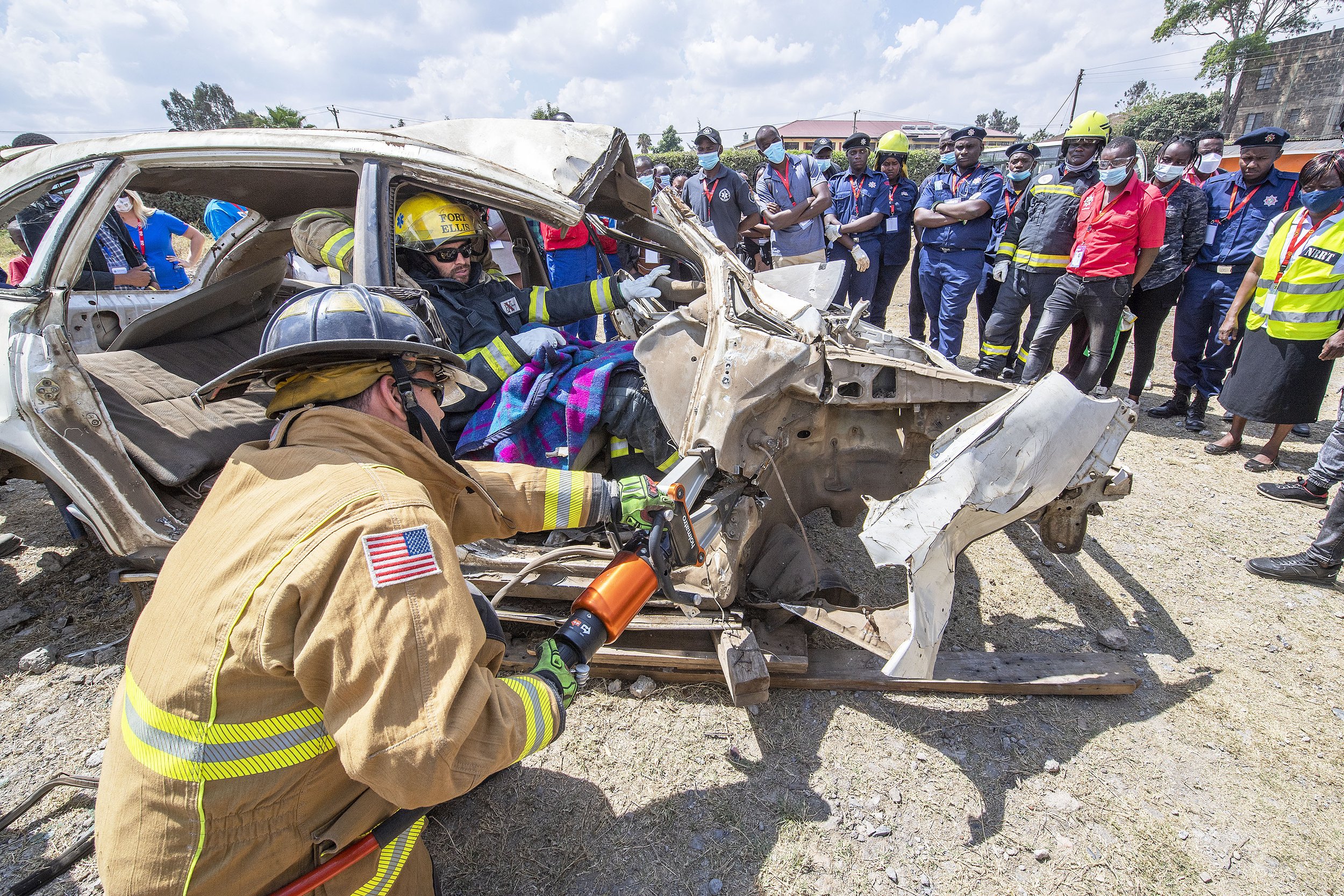The Five C’s of Radio Communications
by Mark van der Feyst
The essential elements of effective incident scene communications fall into five categories. Understanding these attributes of successful communication and engaging in the suggested strategies will enhance your communication effectiveness, as well as that of the overall communications on the emergency incident scene. These are known as the Five C’s of Radio Communications: Conciseness, Clarity, Confidence, Control and Capability.
Conciseness
· Keep the messages short and concise. This will help in reducing radio traffic.
· Keep the messages specific. Think about what you want to say before you speak and then say it.
· Condense the message as much as you can while still keeping it complete. This will help in eliminating any confusion by the receiver.
Clarity
· Use standard terms as defined in your department’s procedures. This will avoid any confusion on the incident scene.
· Use plain-text language in all radio communications. Avoid using ten-codes, acronyms, or technical jargon.
· Avoid multitasking. Describe and assign one task at a time to company members. Do not overload a company with multiple tasks to be completed at one time.
Confidence
· Communicate on the radio in a calm manner. This helps to maintain calmness on the incident scene and does not create or add to hysteria.
· Be audibly received. Speak in a voice loud enough to be heard by the receiver. Do not speak in soft tones or yell into the radio. Yelling will distort the message, whereas speaking too softly will require repeating of messages.
· Use a good vocal pitch to communicate. This will help to be audibly received. Having a high pitch or a low pitch will have the same impacts as in the previous point.
Control
· Take control of the radio communications on the incident scene. Follow established departmental procedures and protocols.
· Minimize unnecessary radio chatter. Prioritize messages to be sent and received.
· Keep your emotions in check. This will help with establishing confidence and allow for more sensible direction to be given.
Capability
· Use active listening skills. Be sure to hear all the messages that are being transmitted to you. This may require being in a quiet place versus being outside near a working engine.
· Know how to use the communications equipment. Know where to hold the radio or microphone in relation to your mouth, SCBA face piece, or other radios nearby that may produce feedback.
about the author: Mark van der Feyst has been in the fire service since 1999 working in both Canada and the USA. Currently he works for the Fort Gratiot Fire Department in Michigan after taking early retirement from his career department at the end of 2020. He is an international instructor teaching in Canada, USA, India and many large and regional conferences such as FDIC, Firehouse World & Expo. He holds an MS in Safety, Security & Emergency Management from Eastern Kentucky University and has been providing virtual training sessions for Africa Fire Mission for two years.

